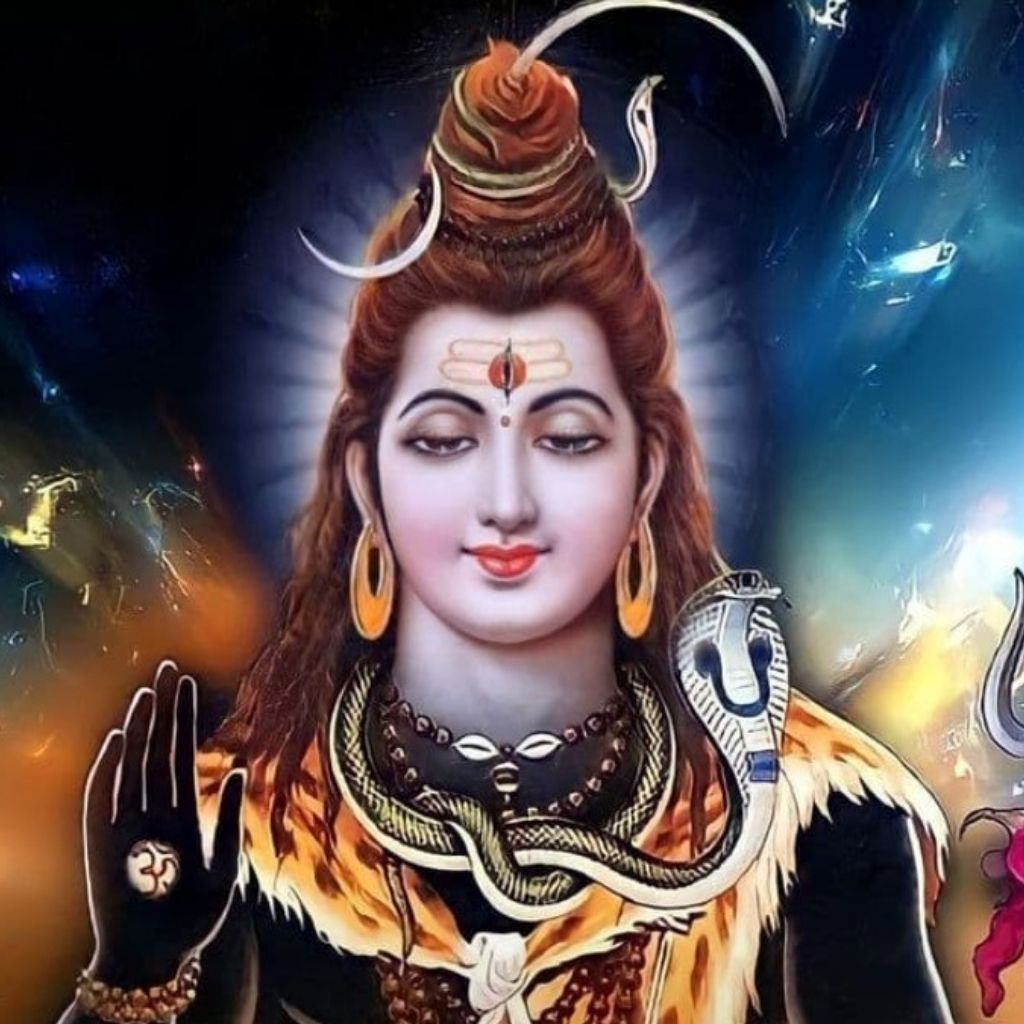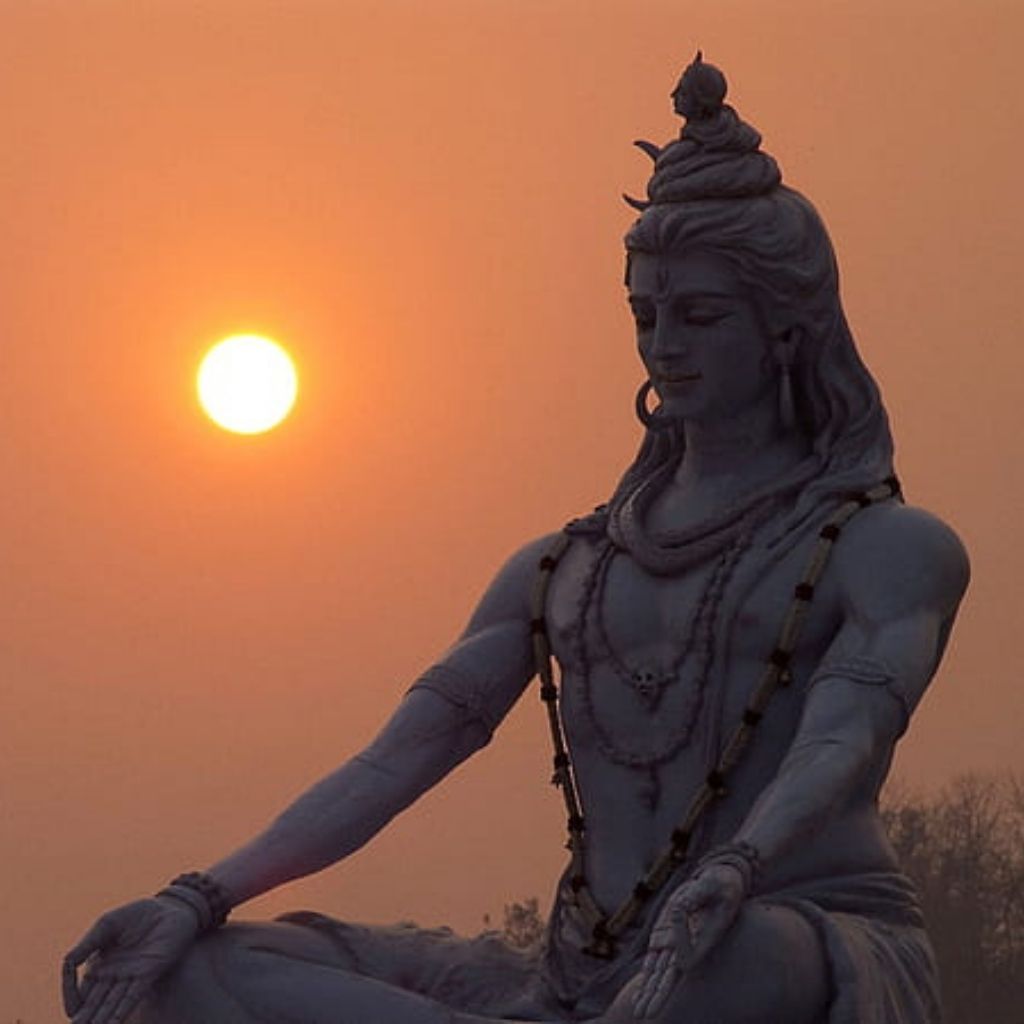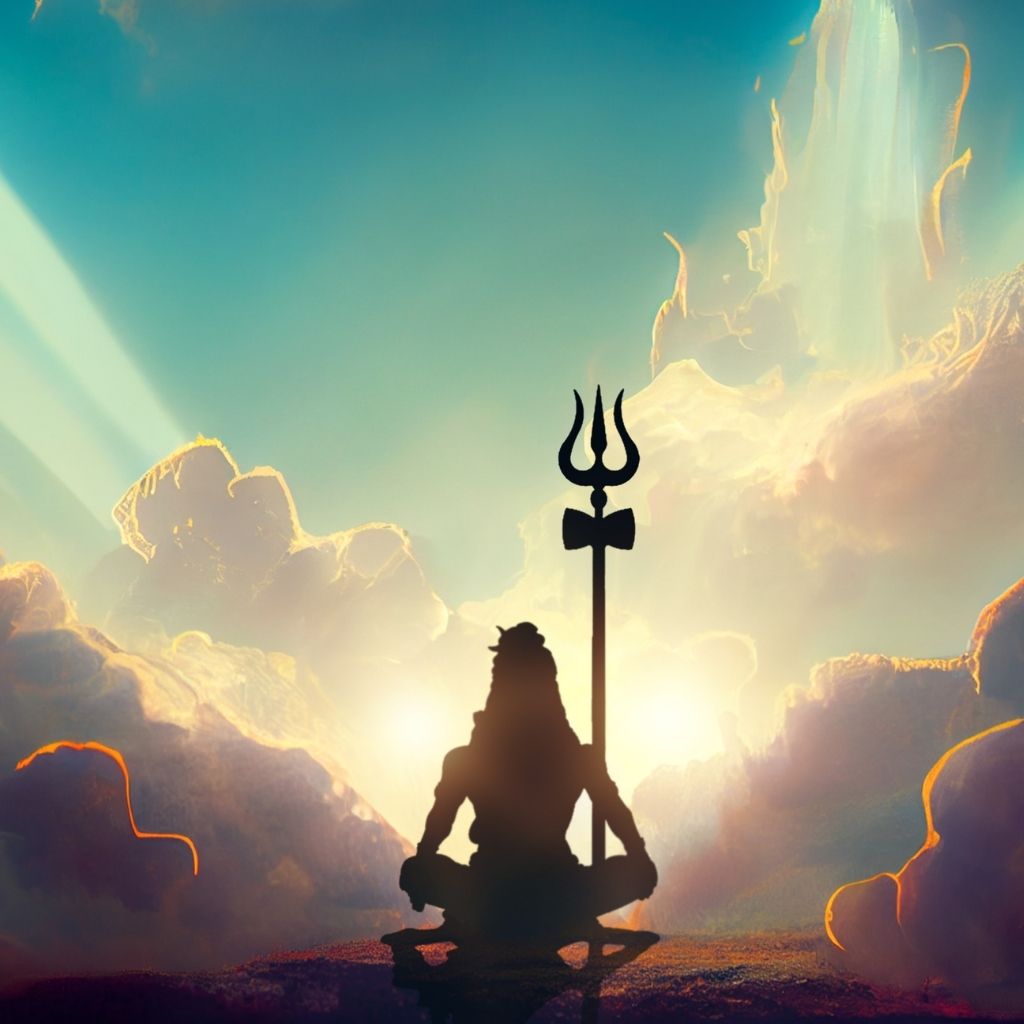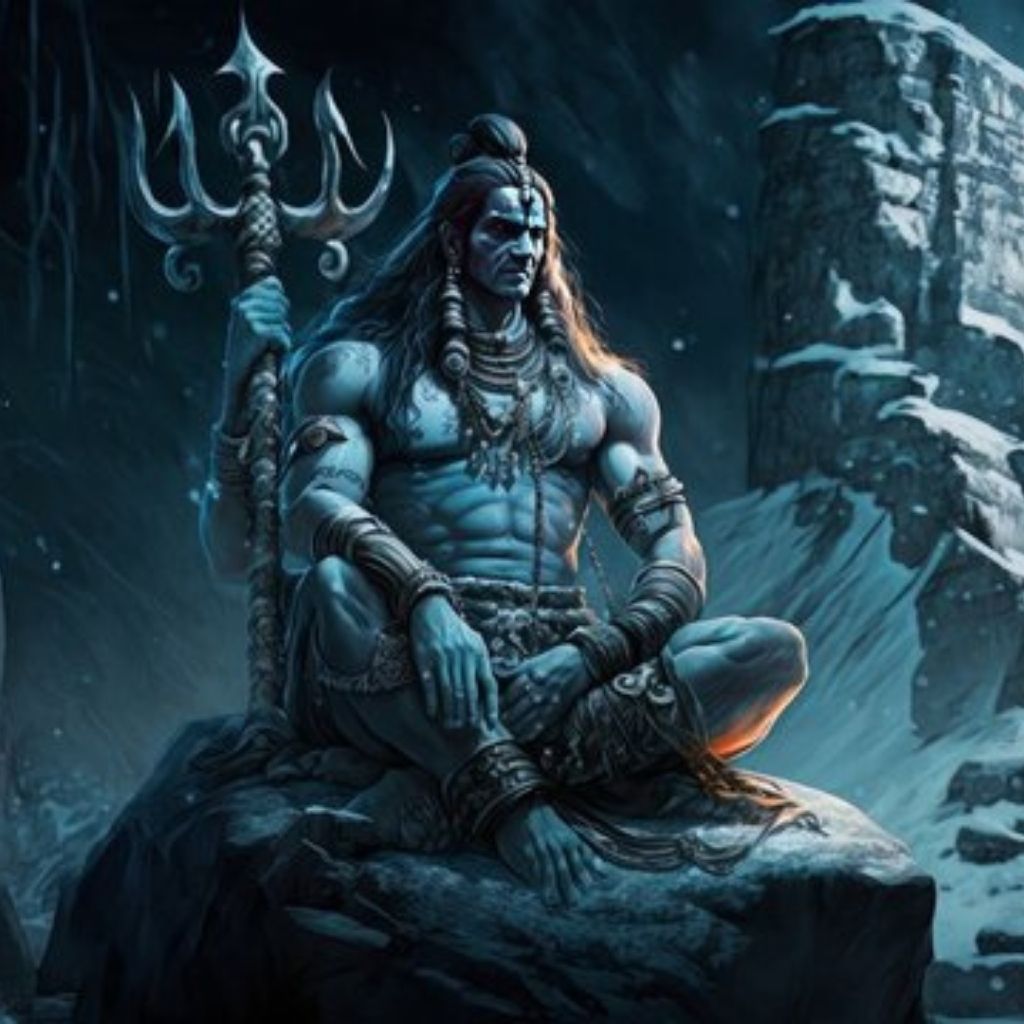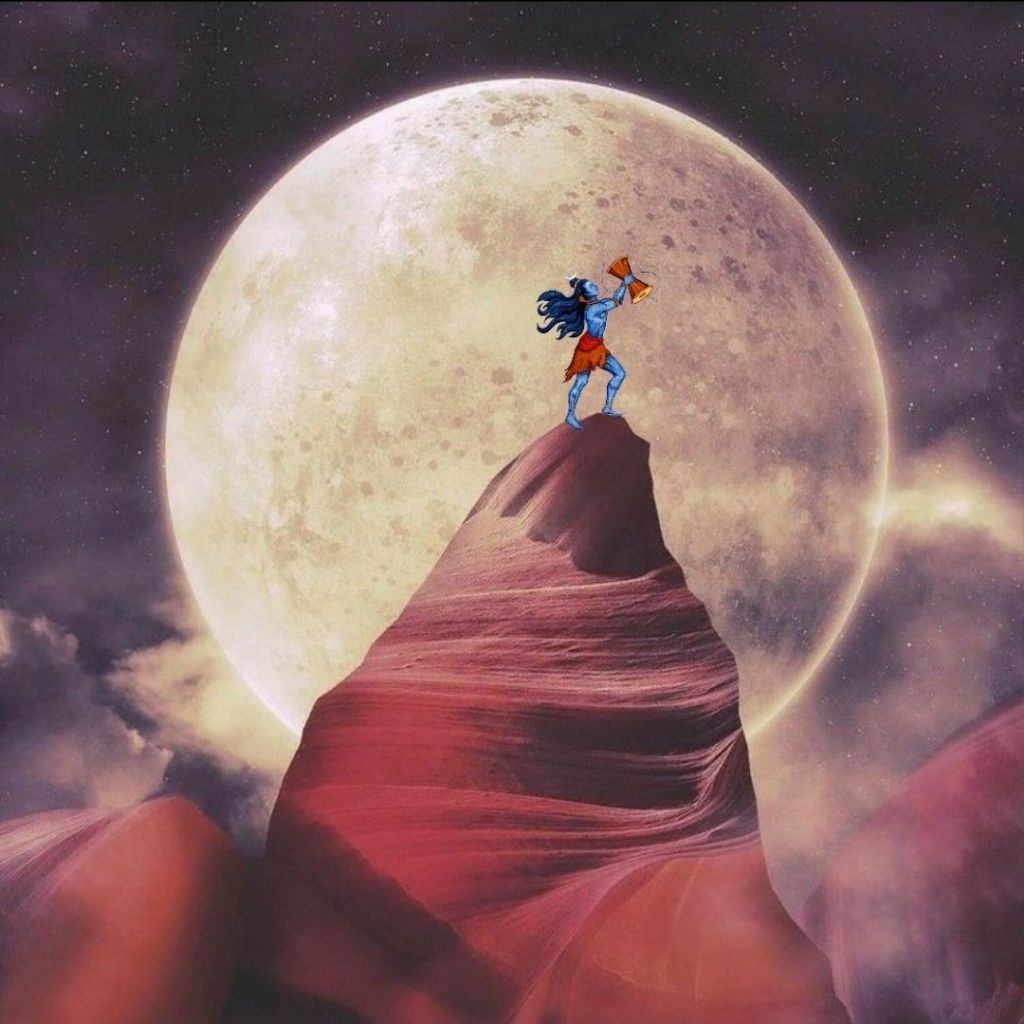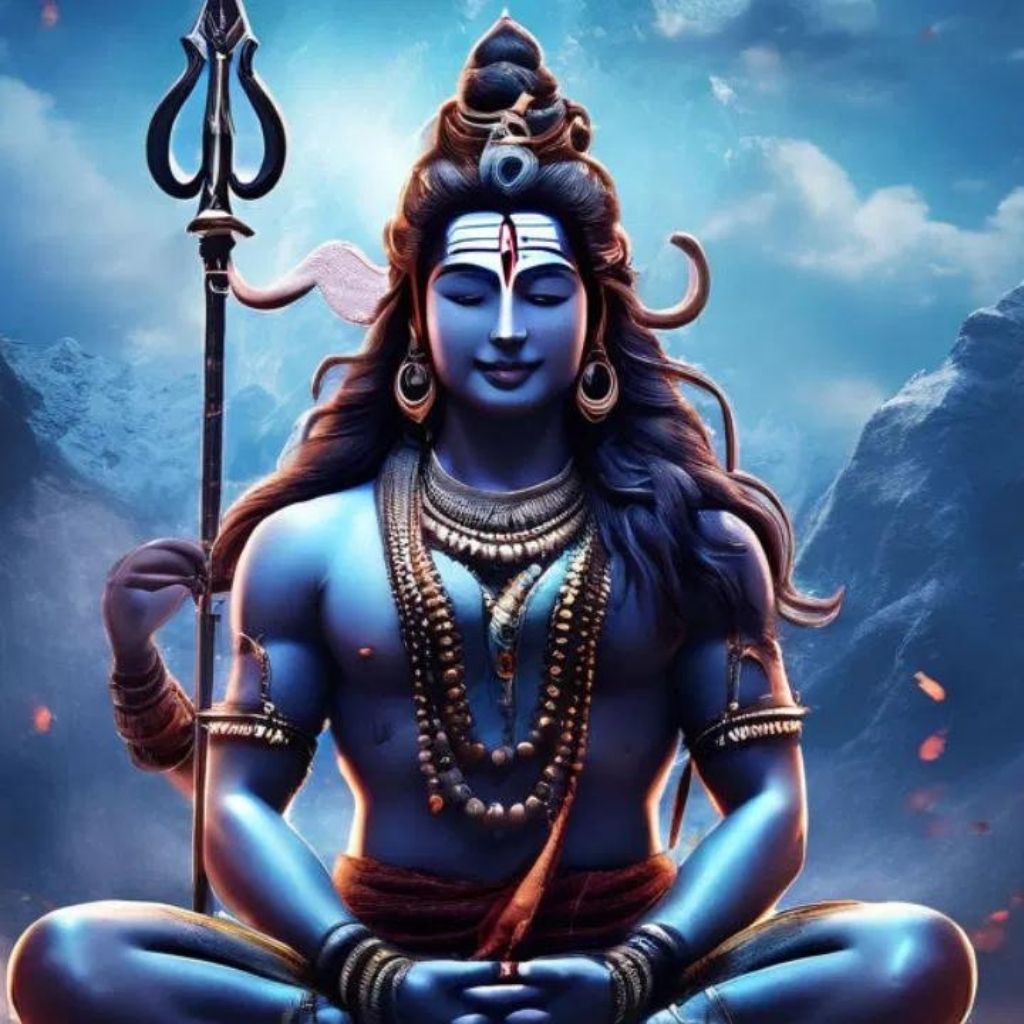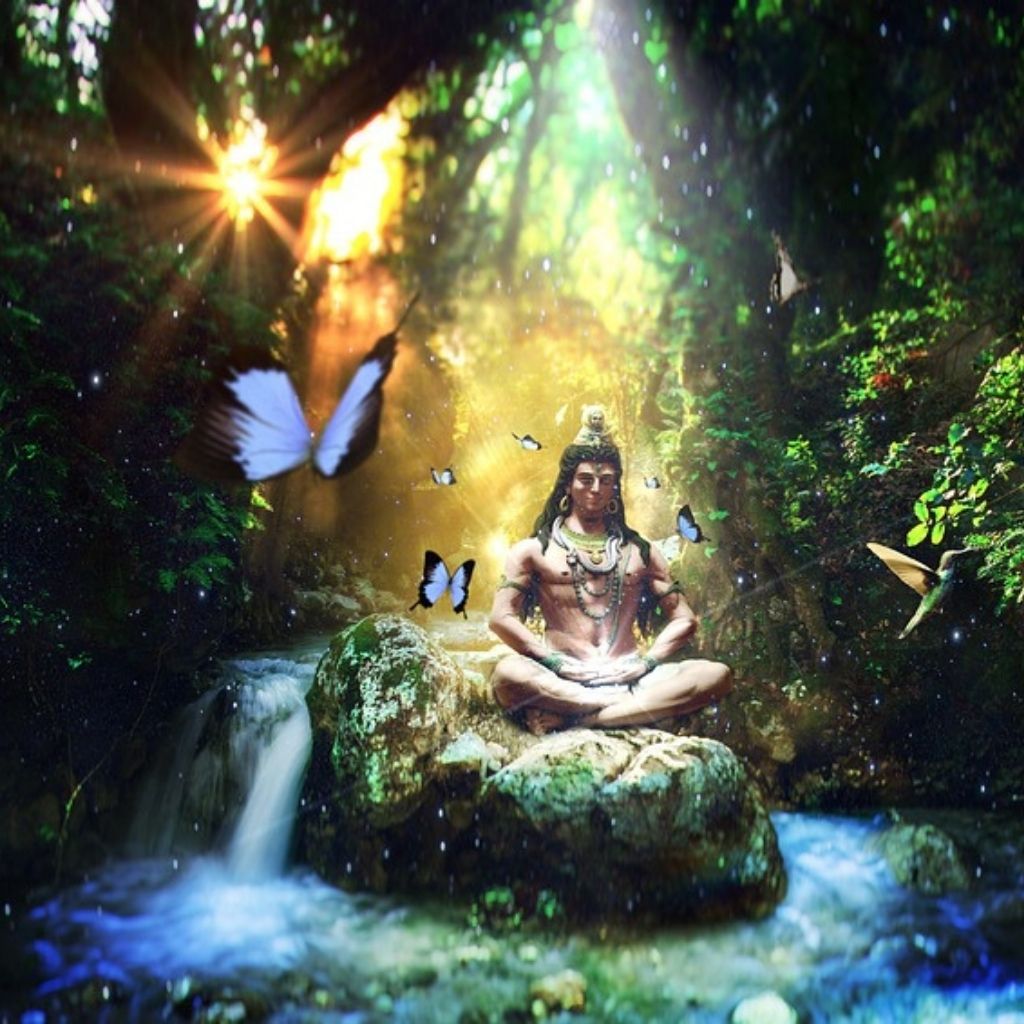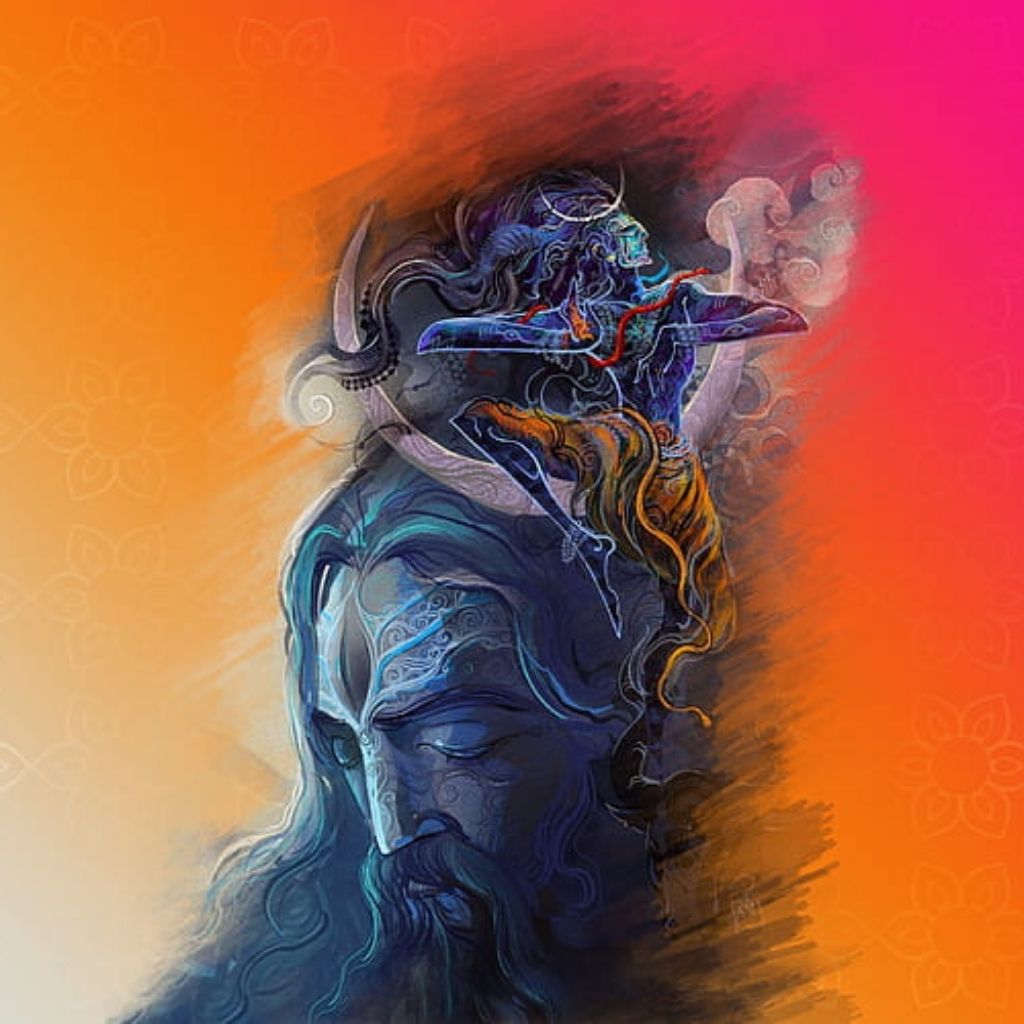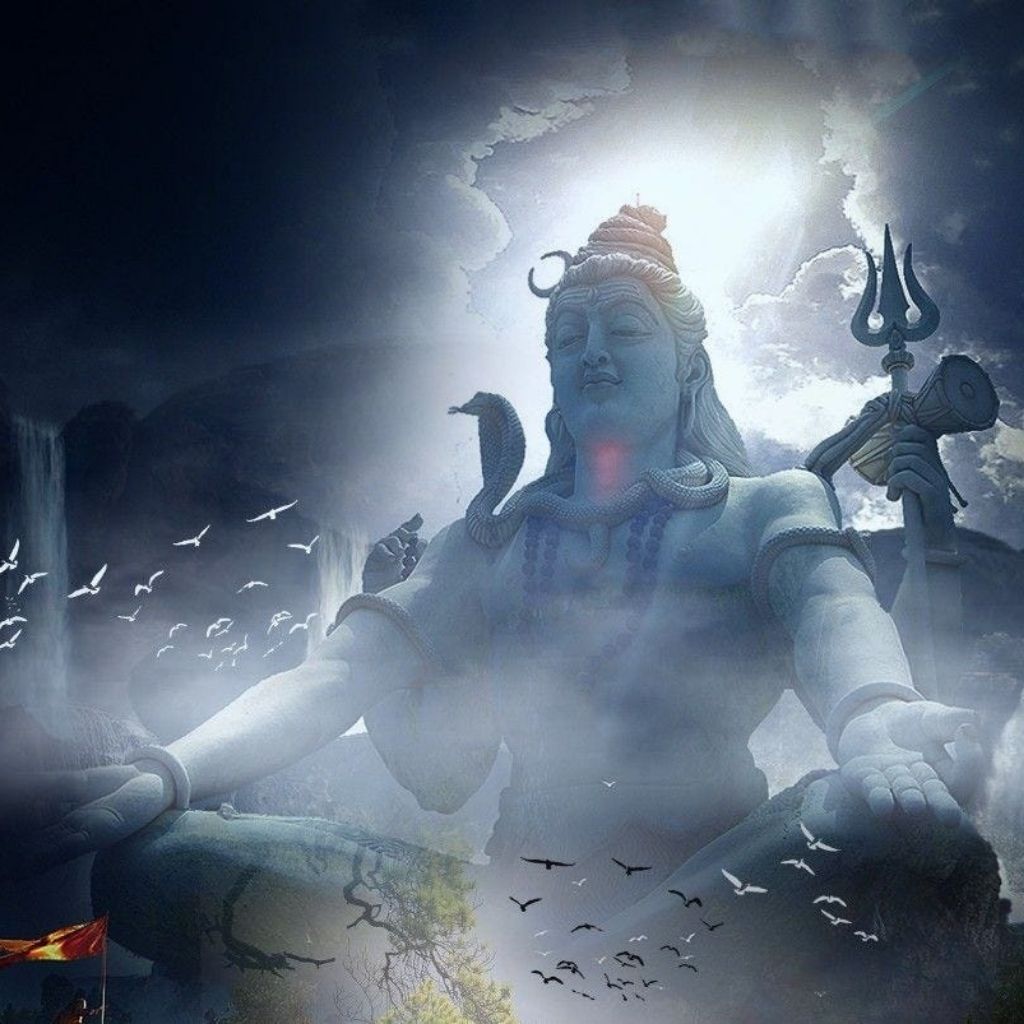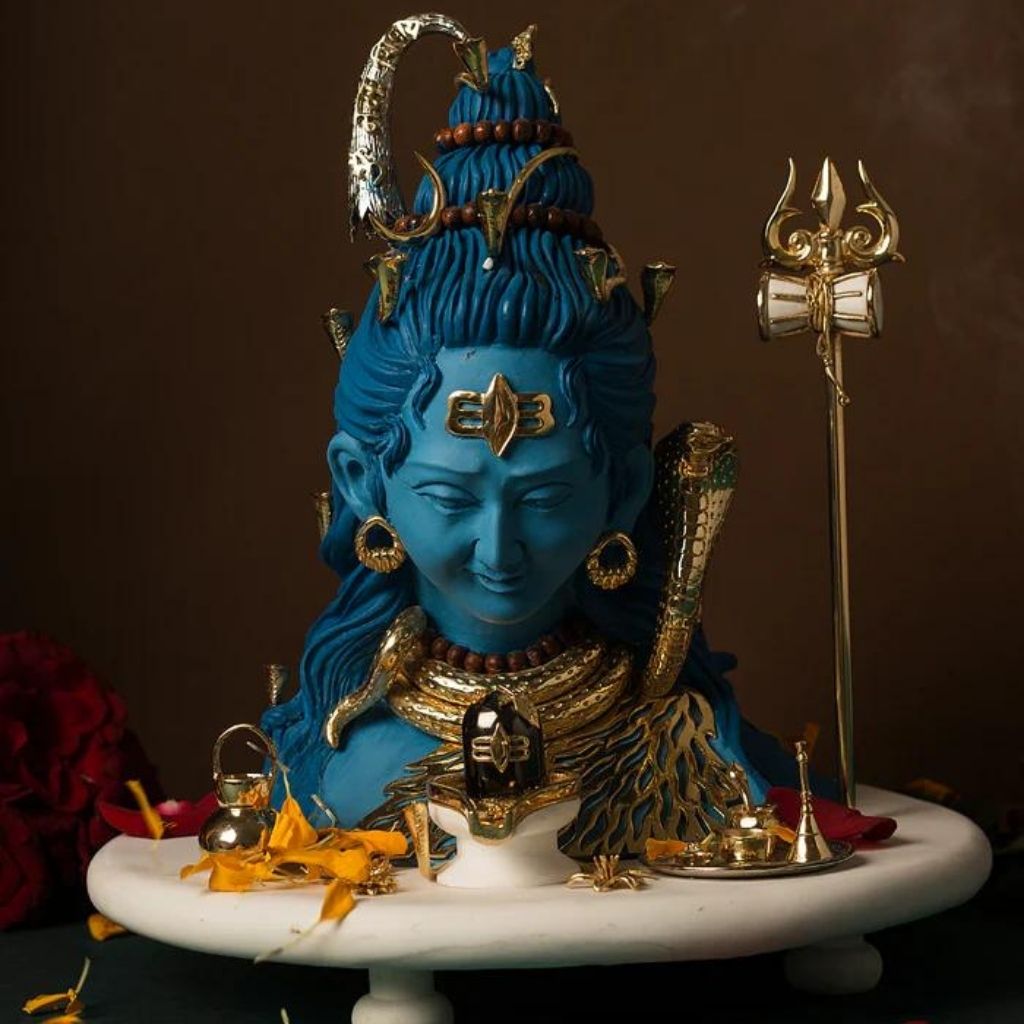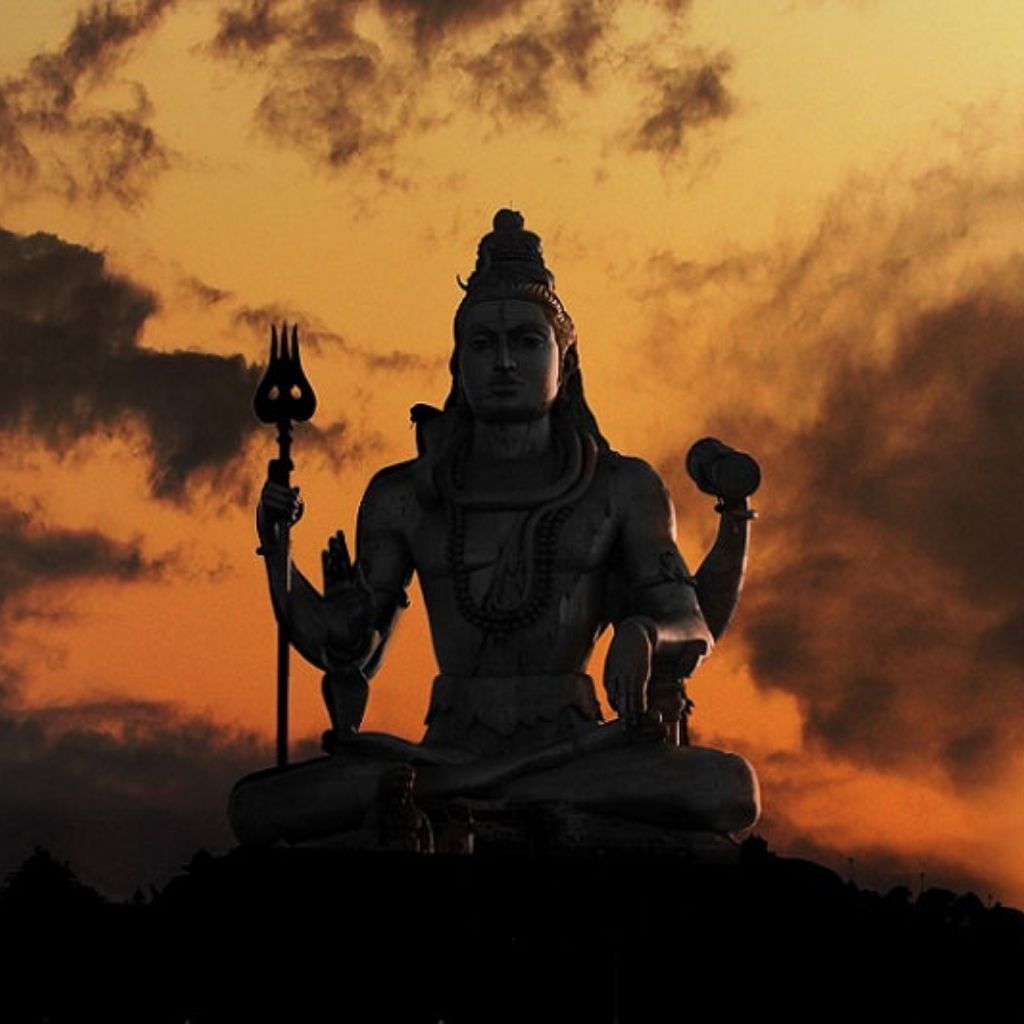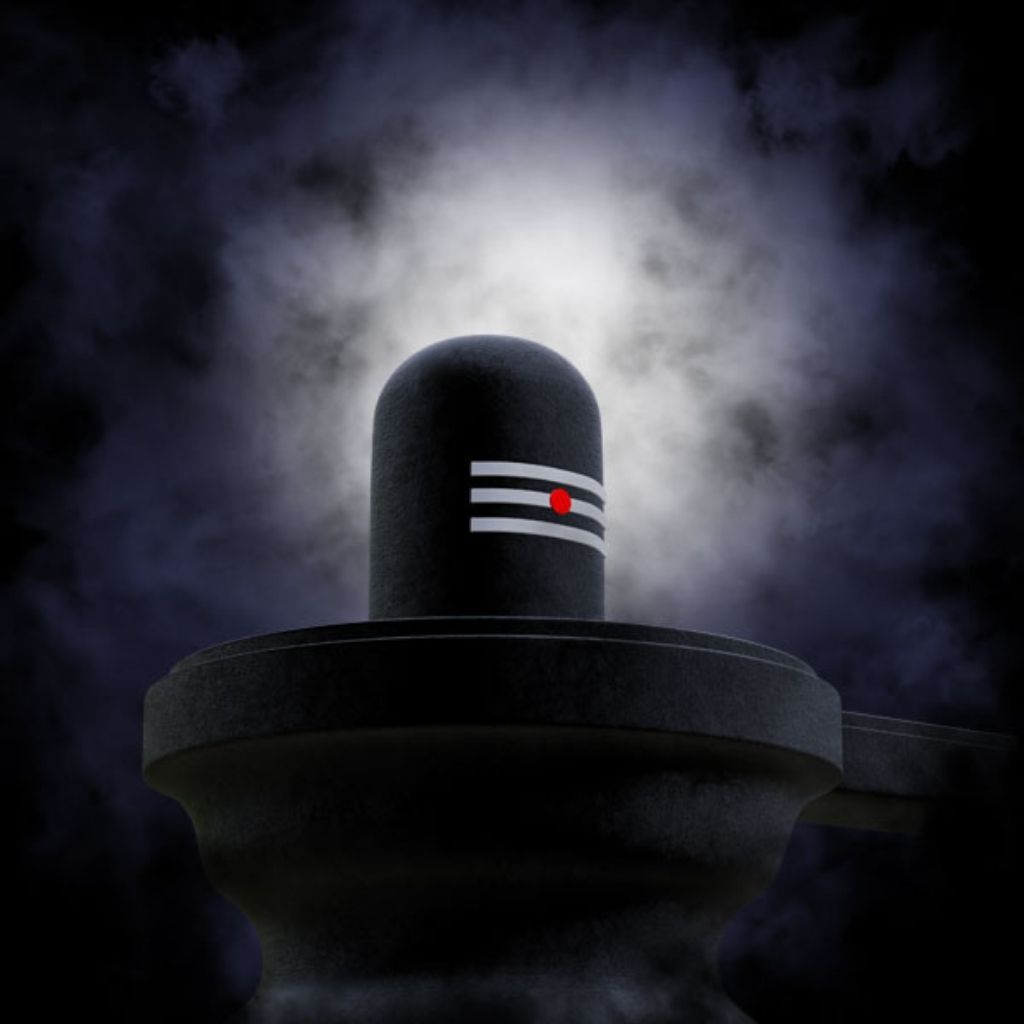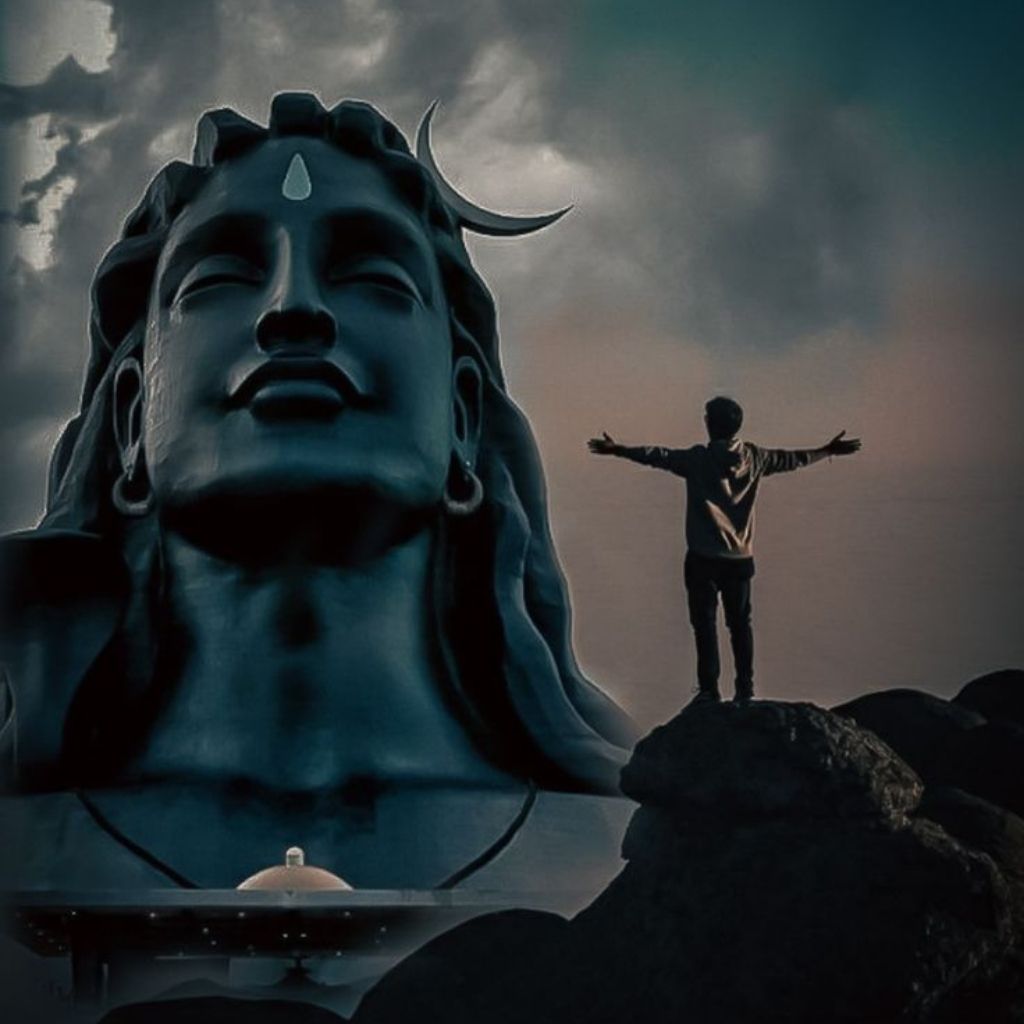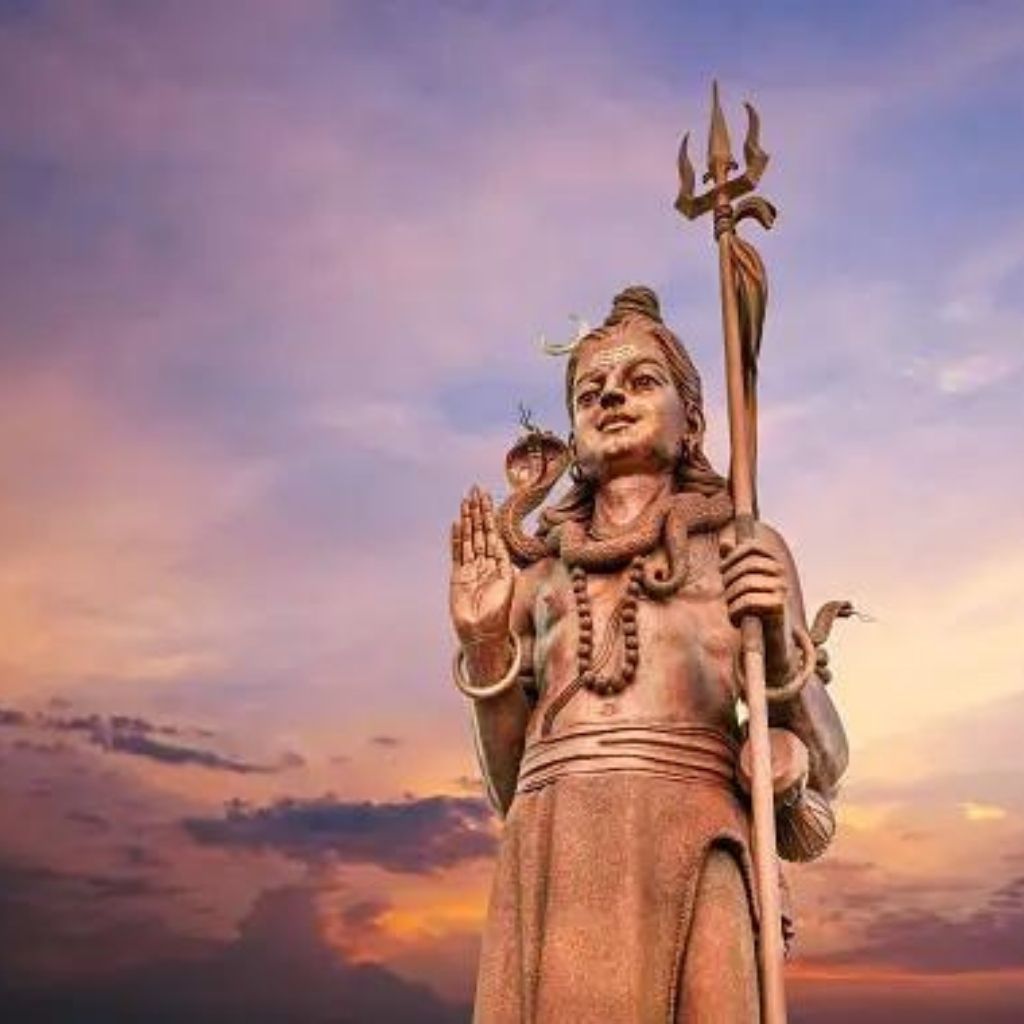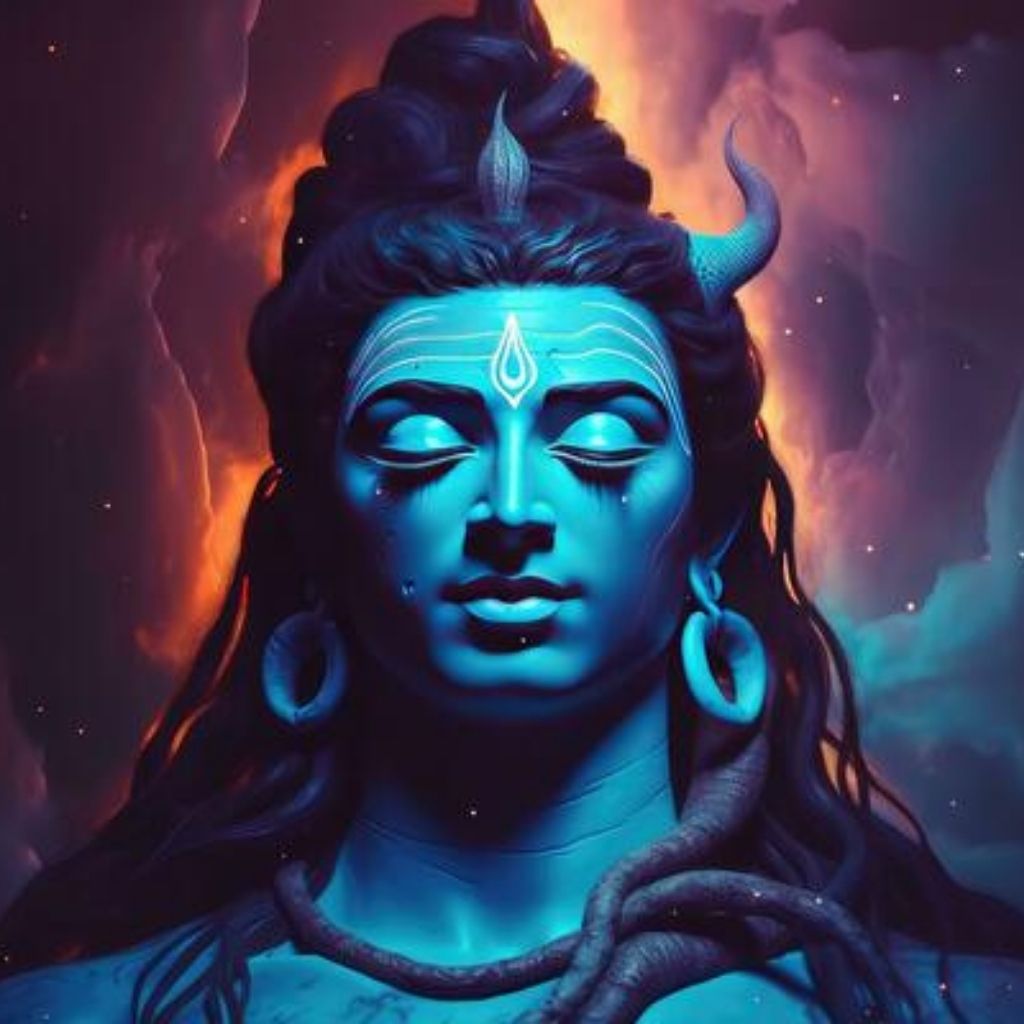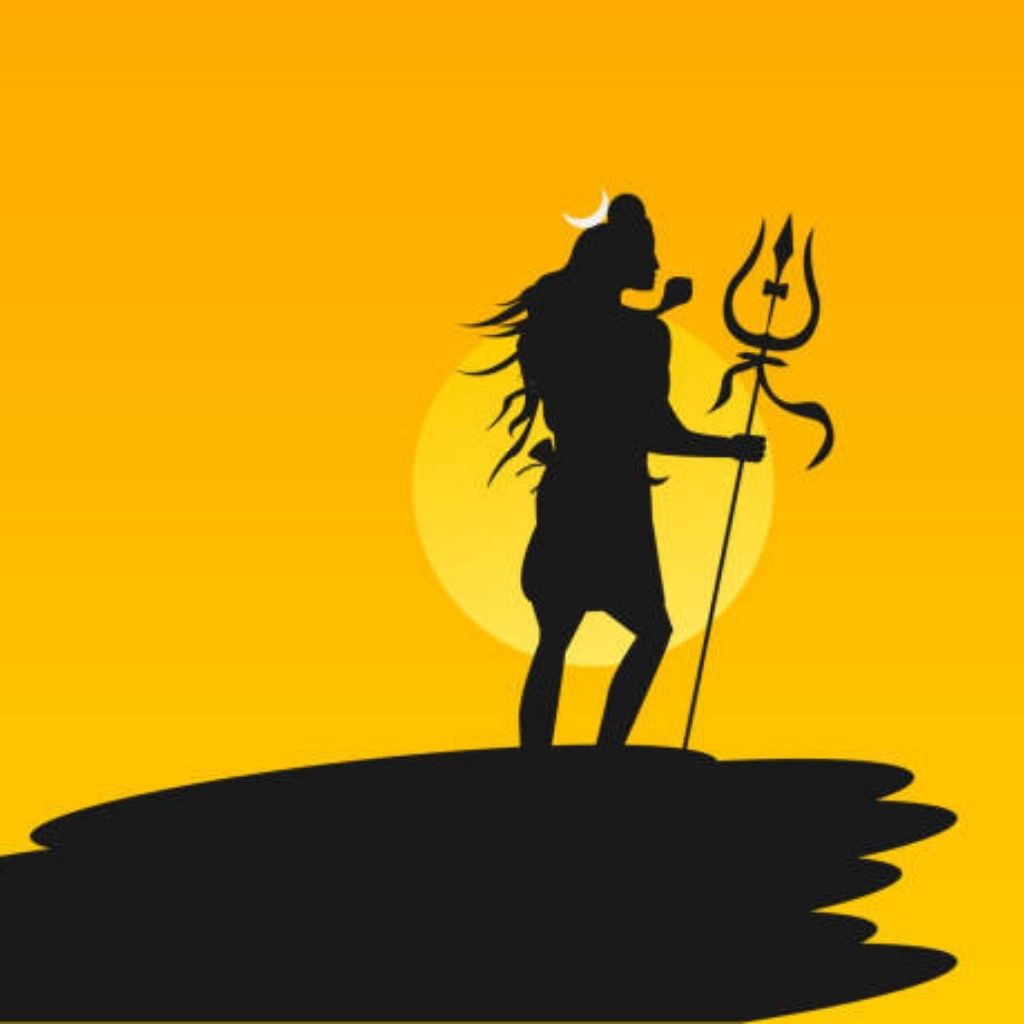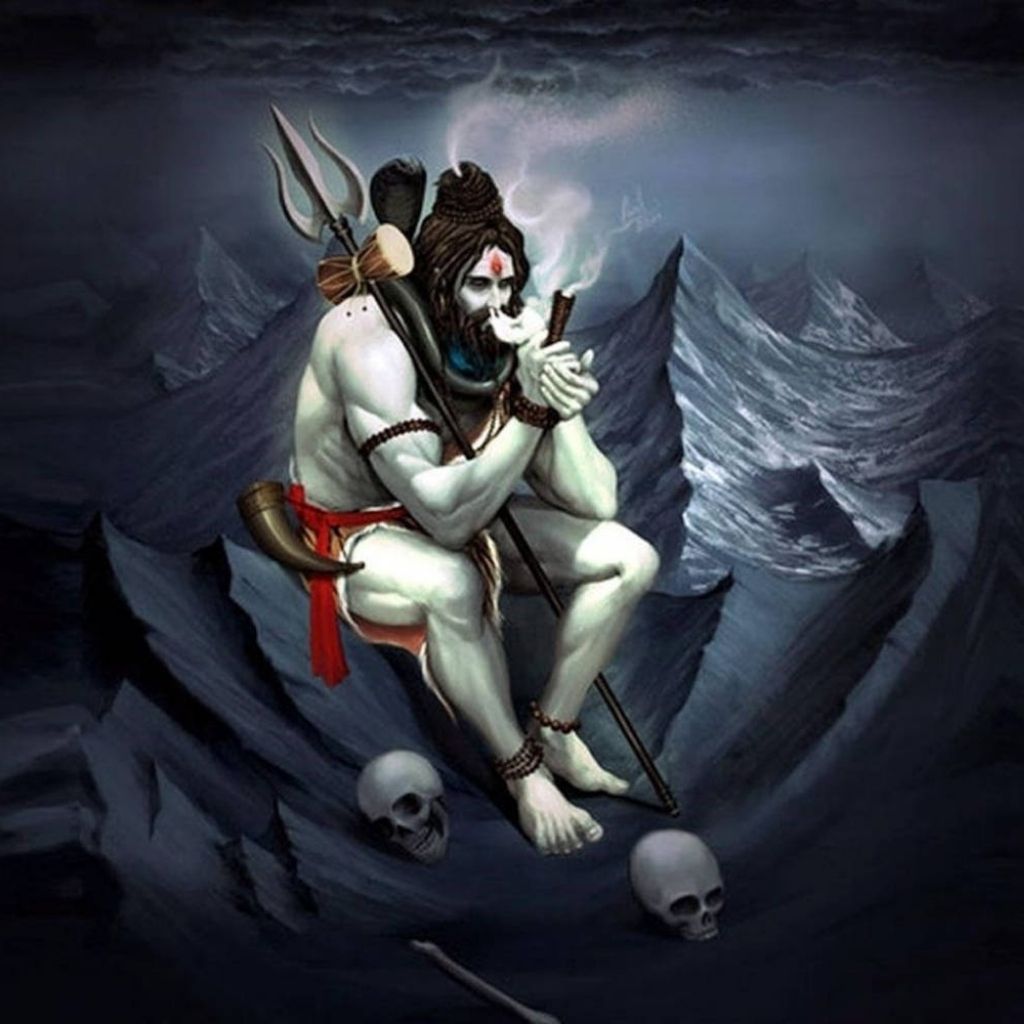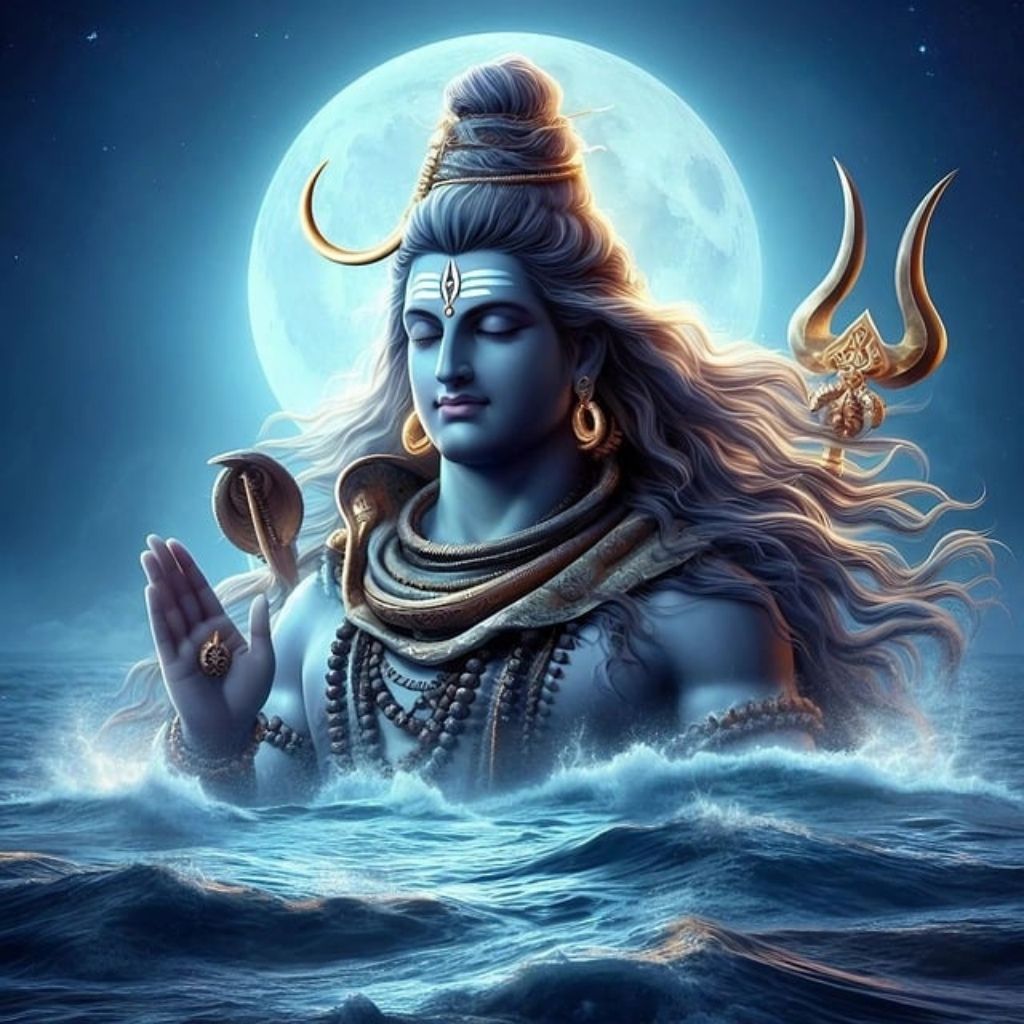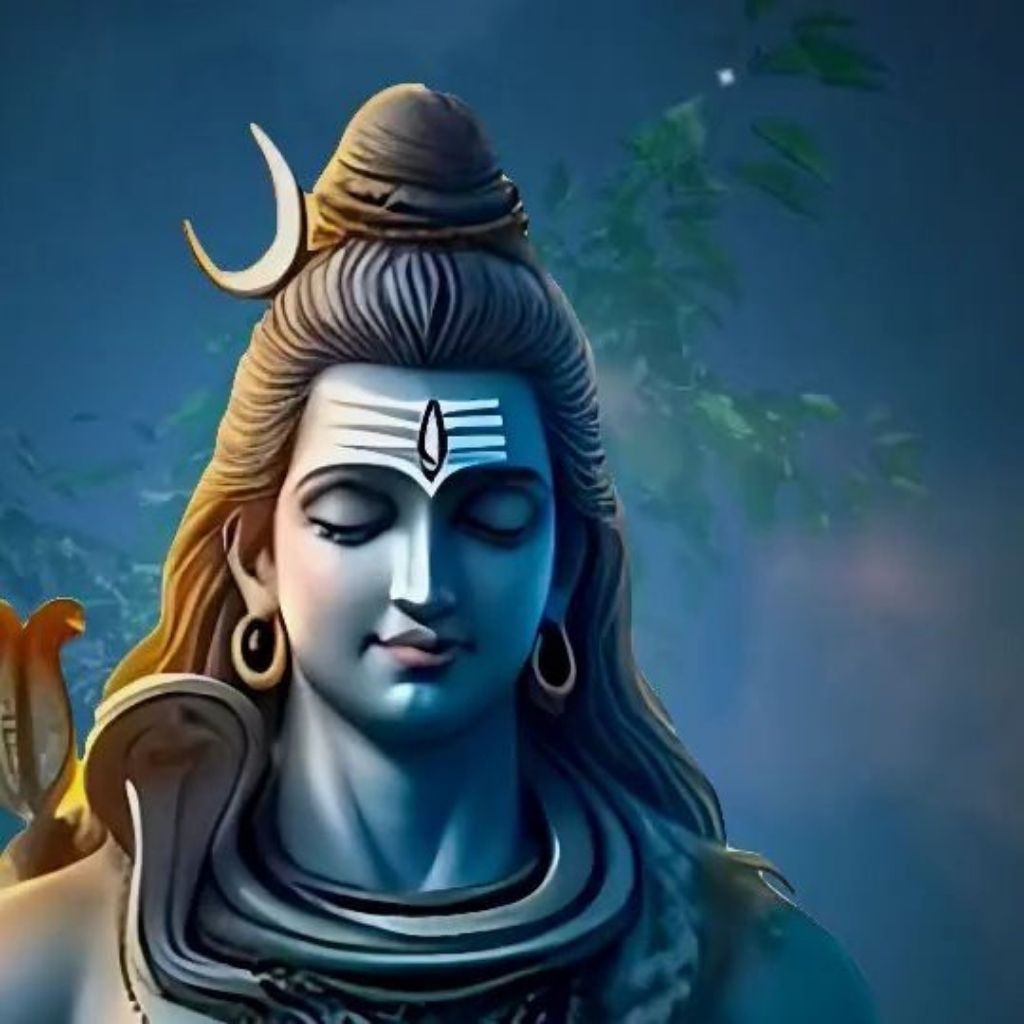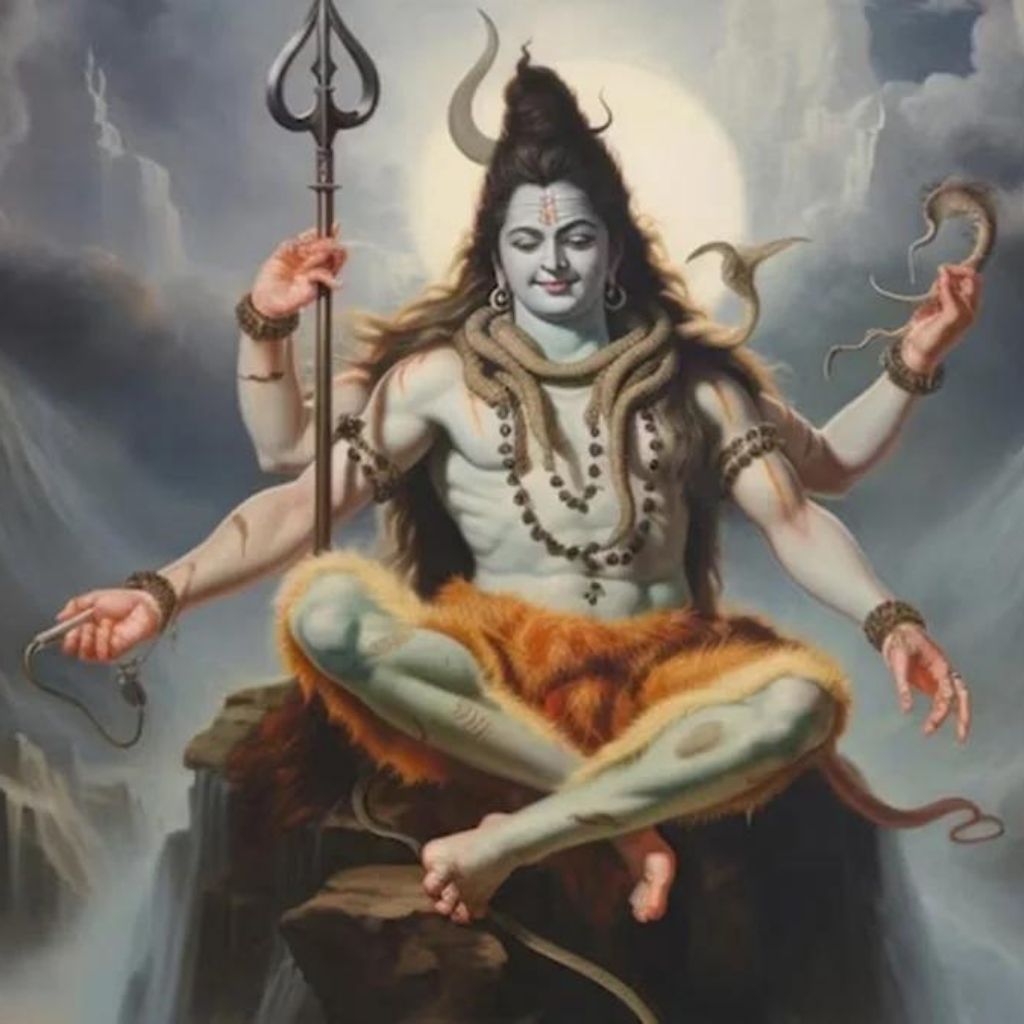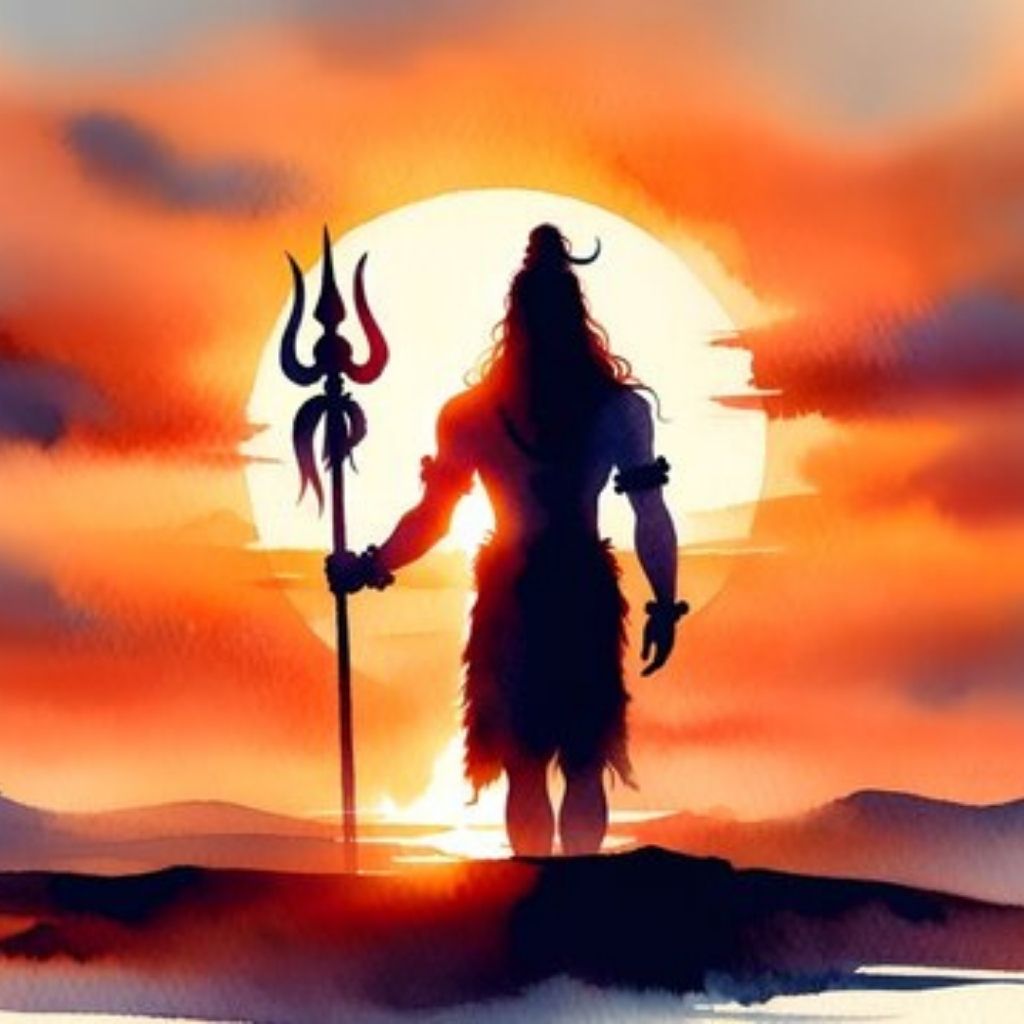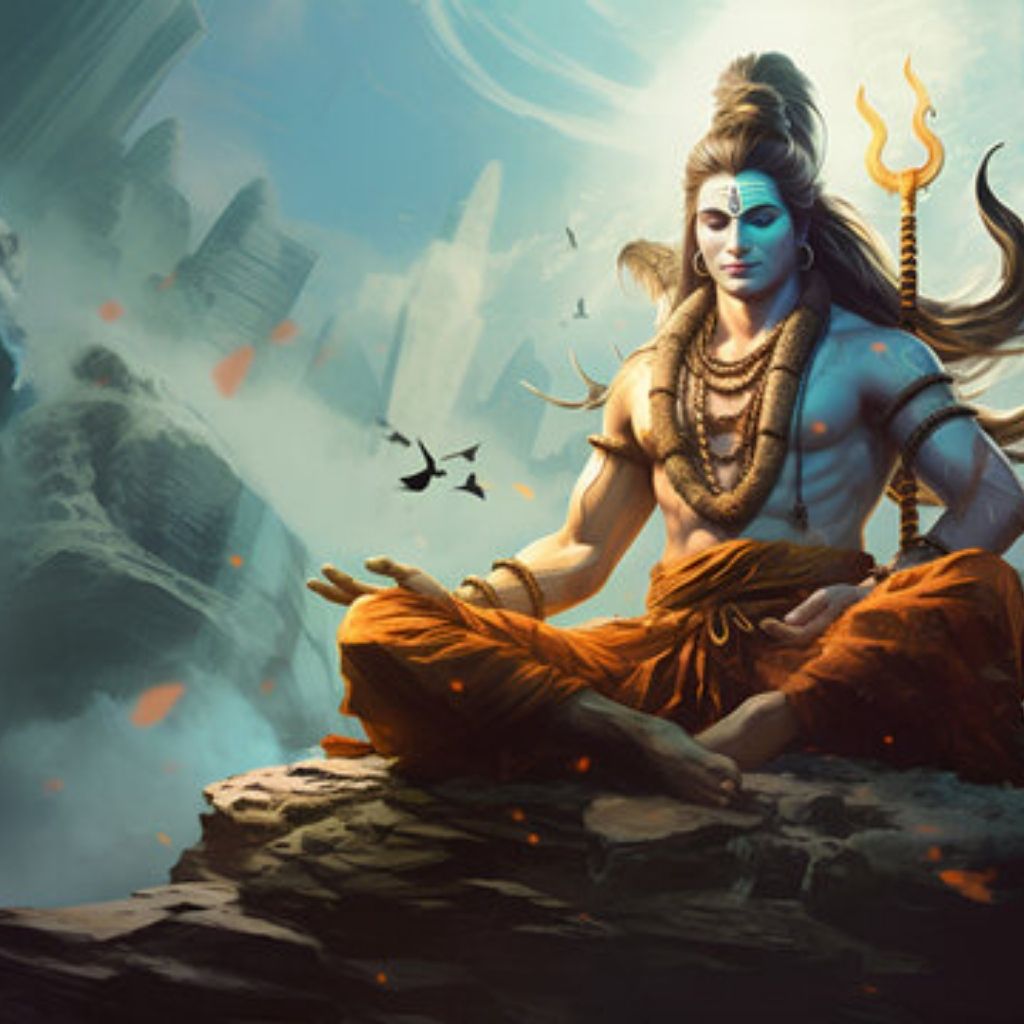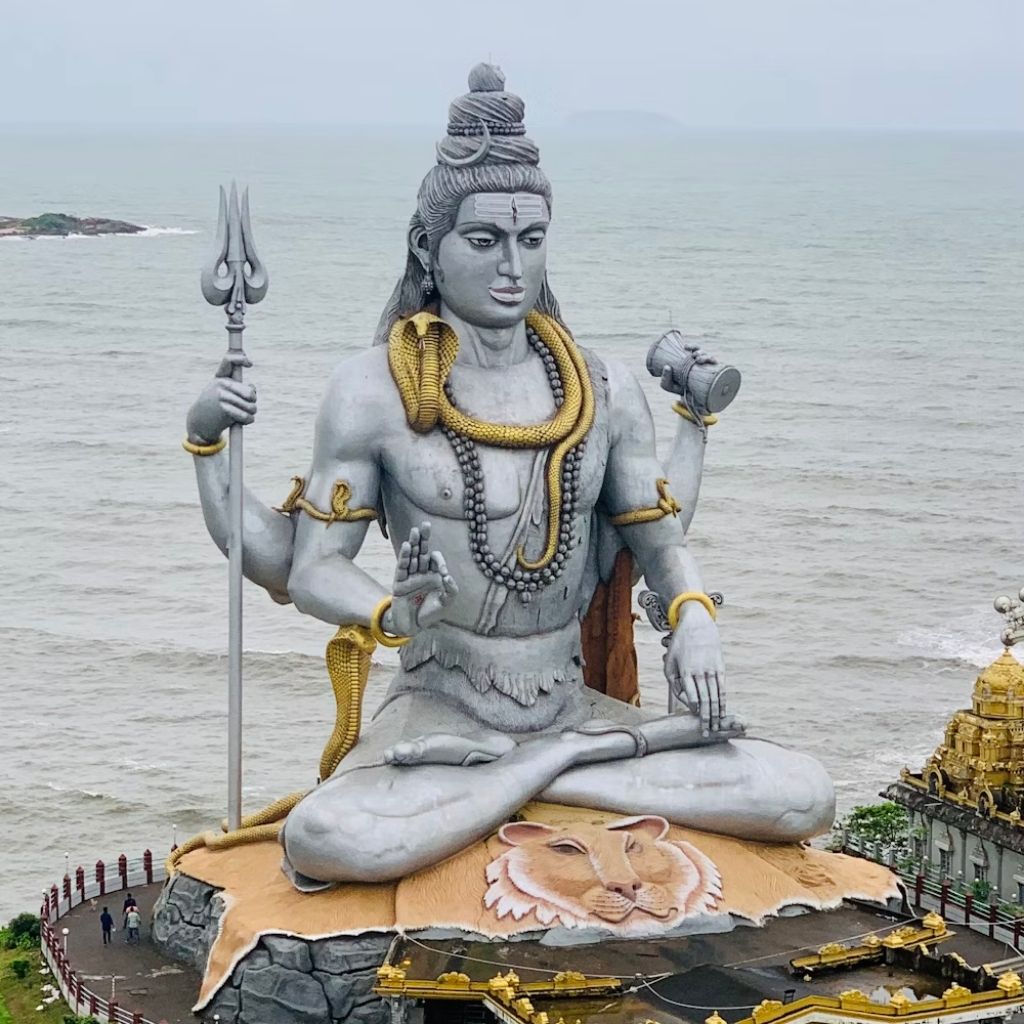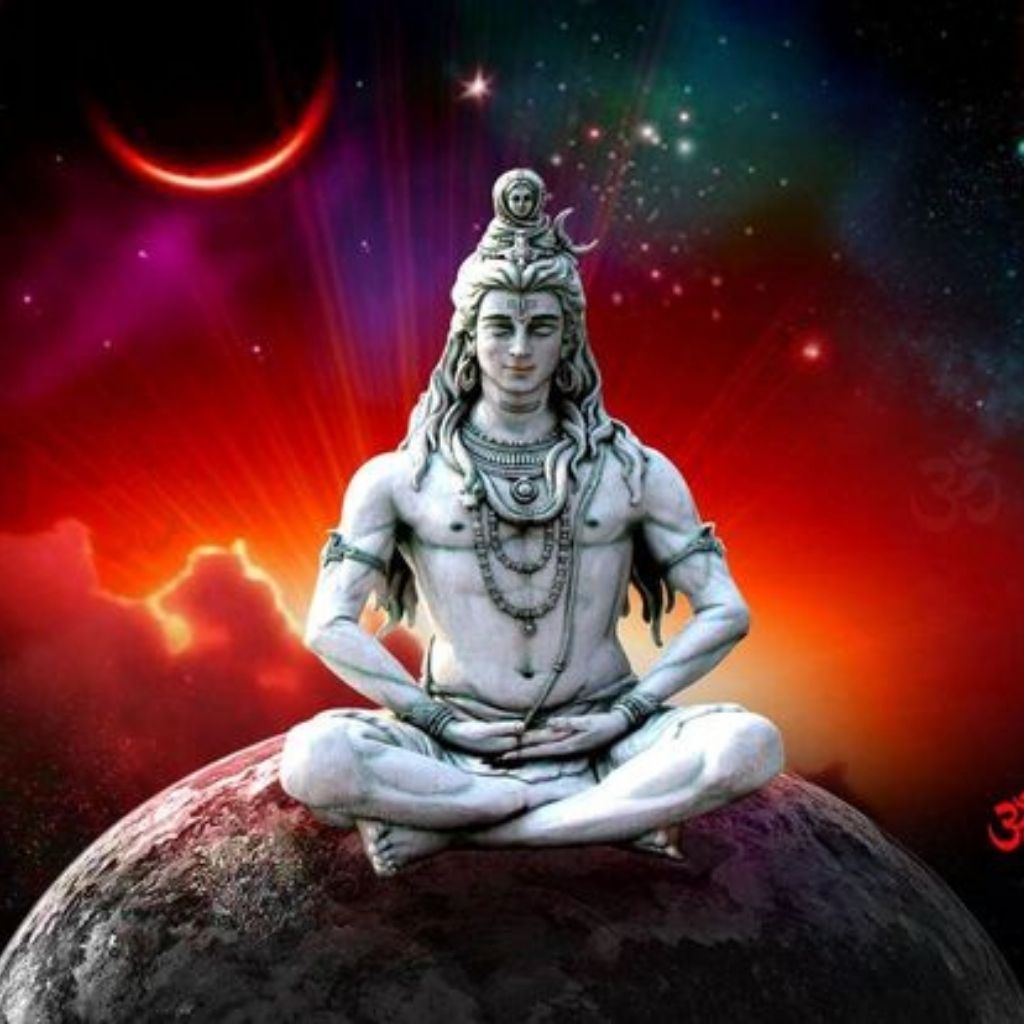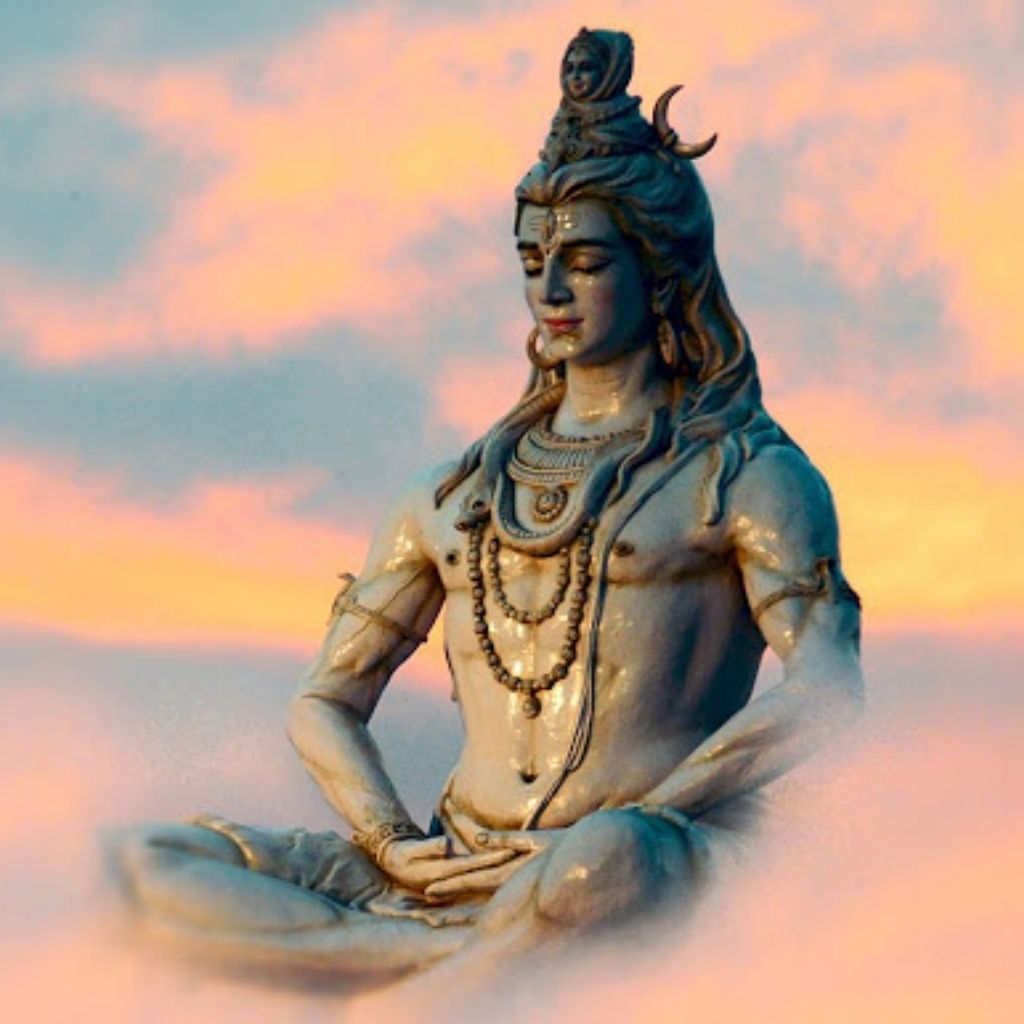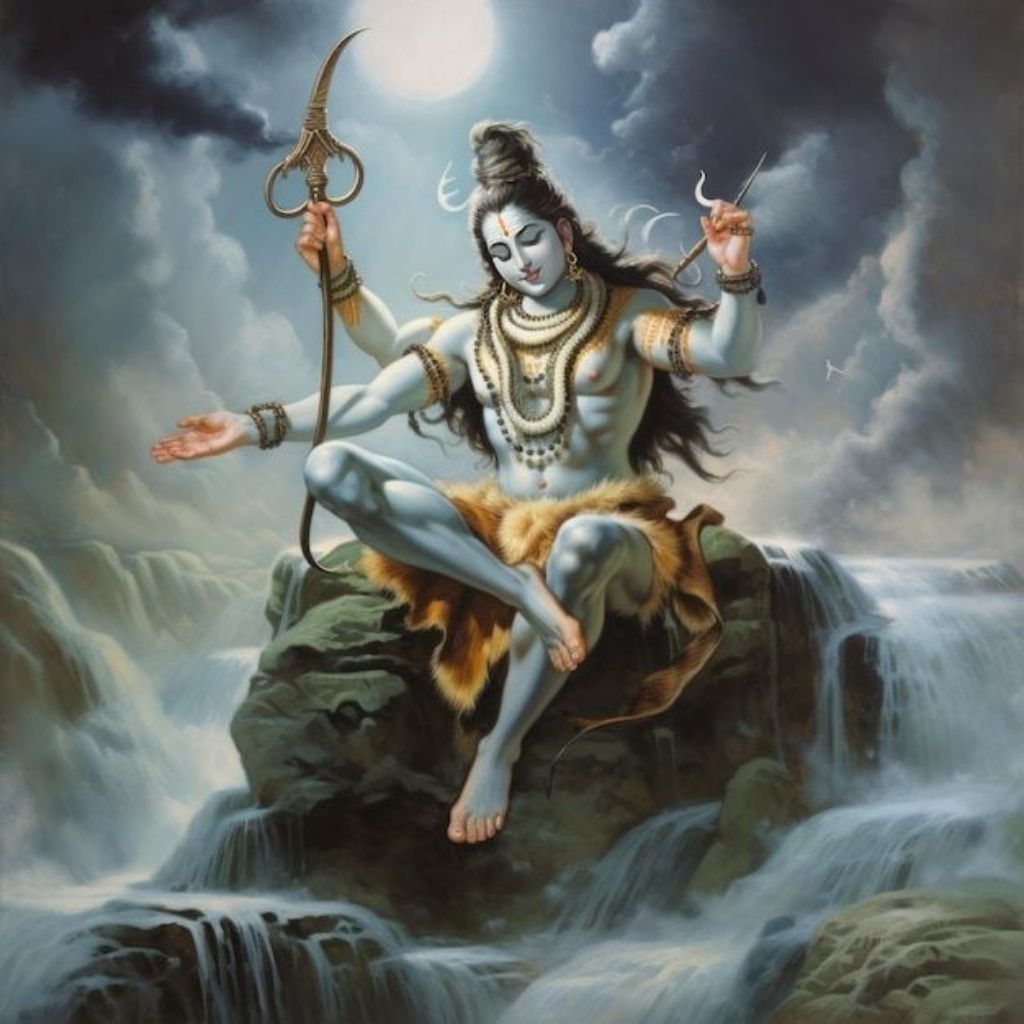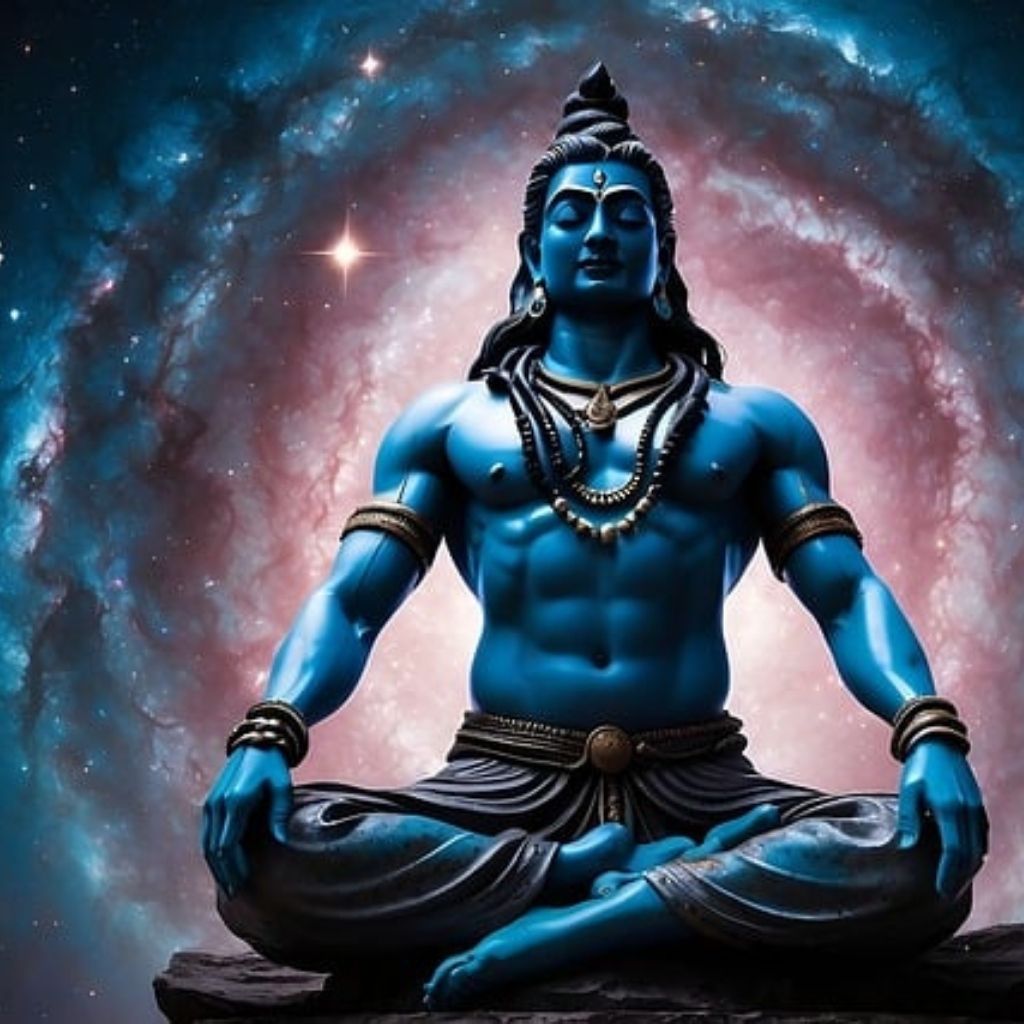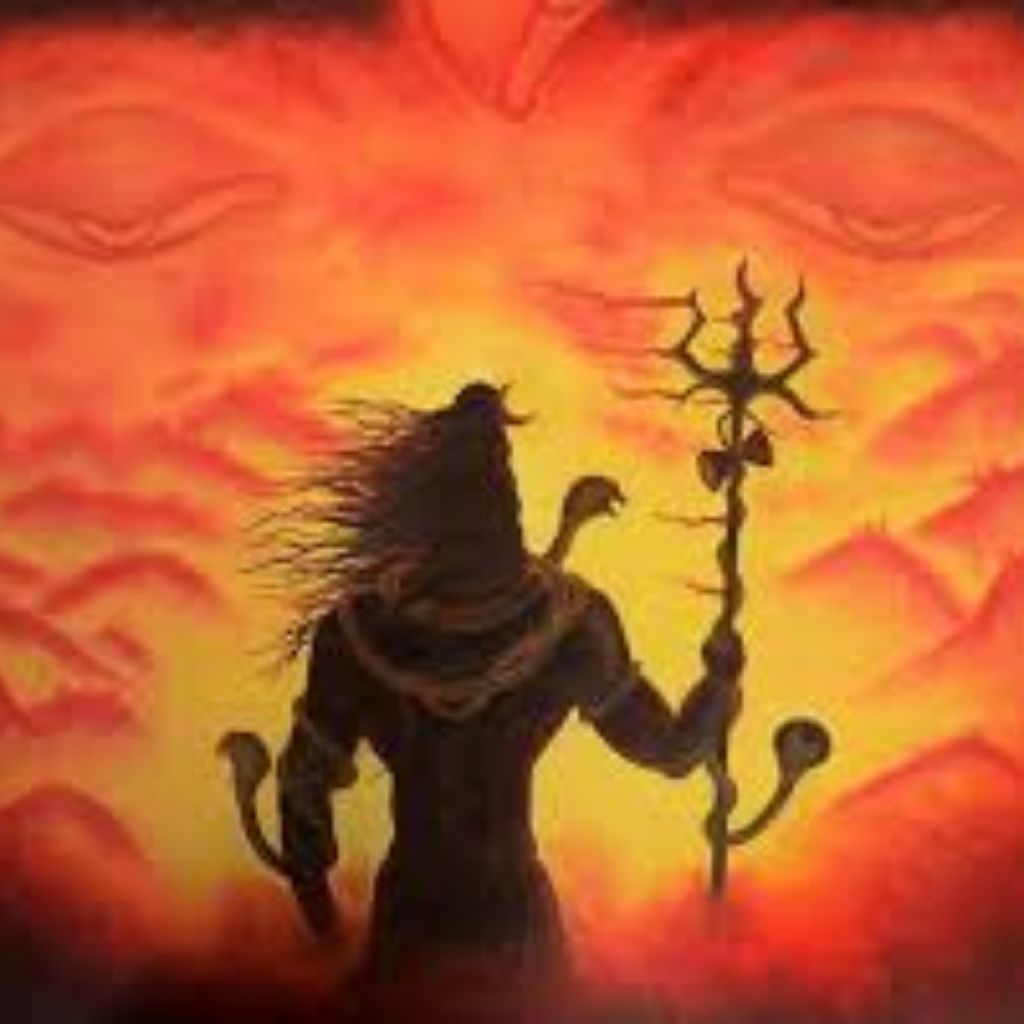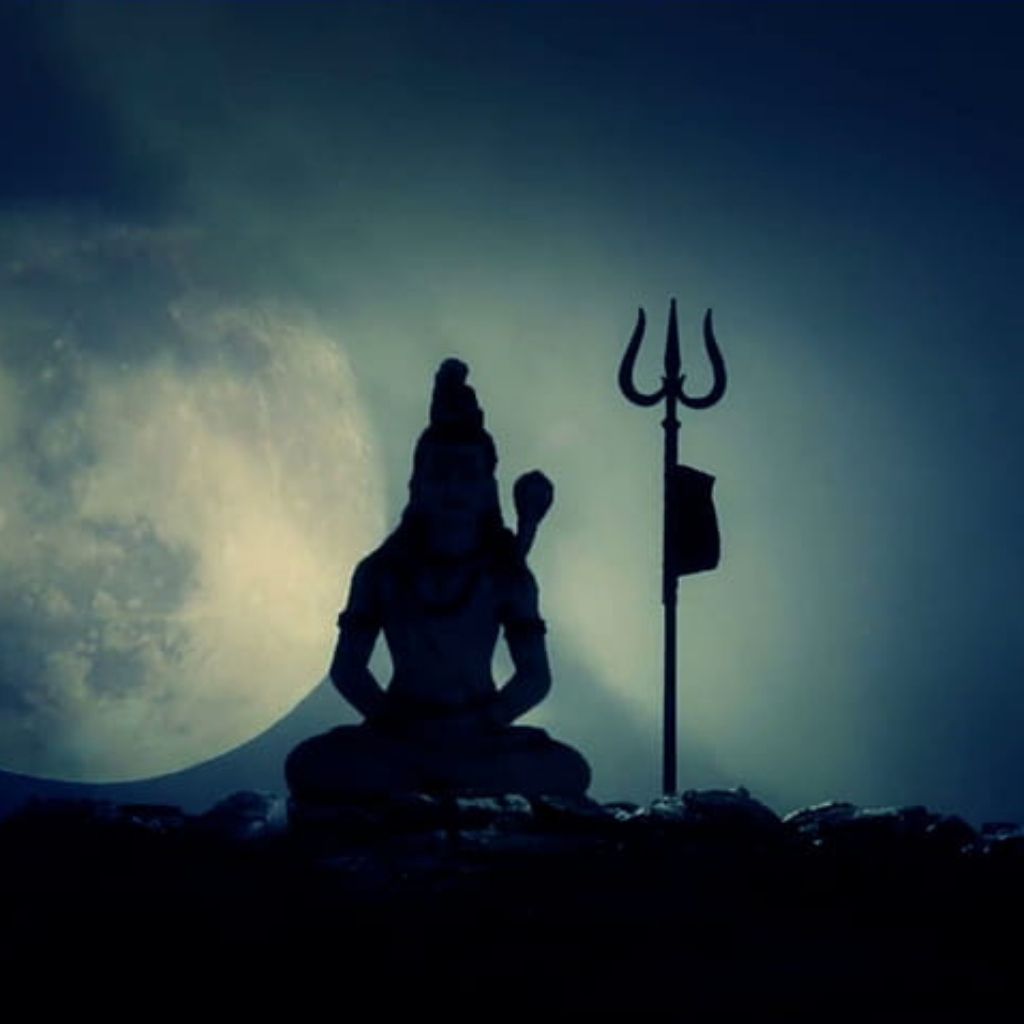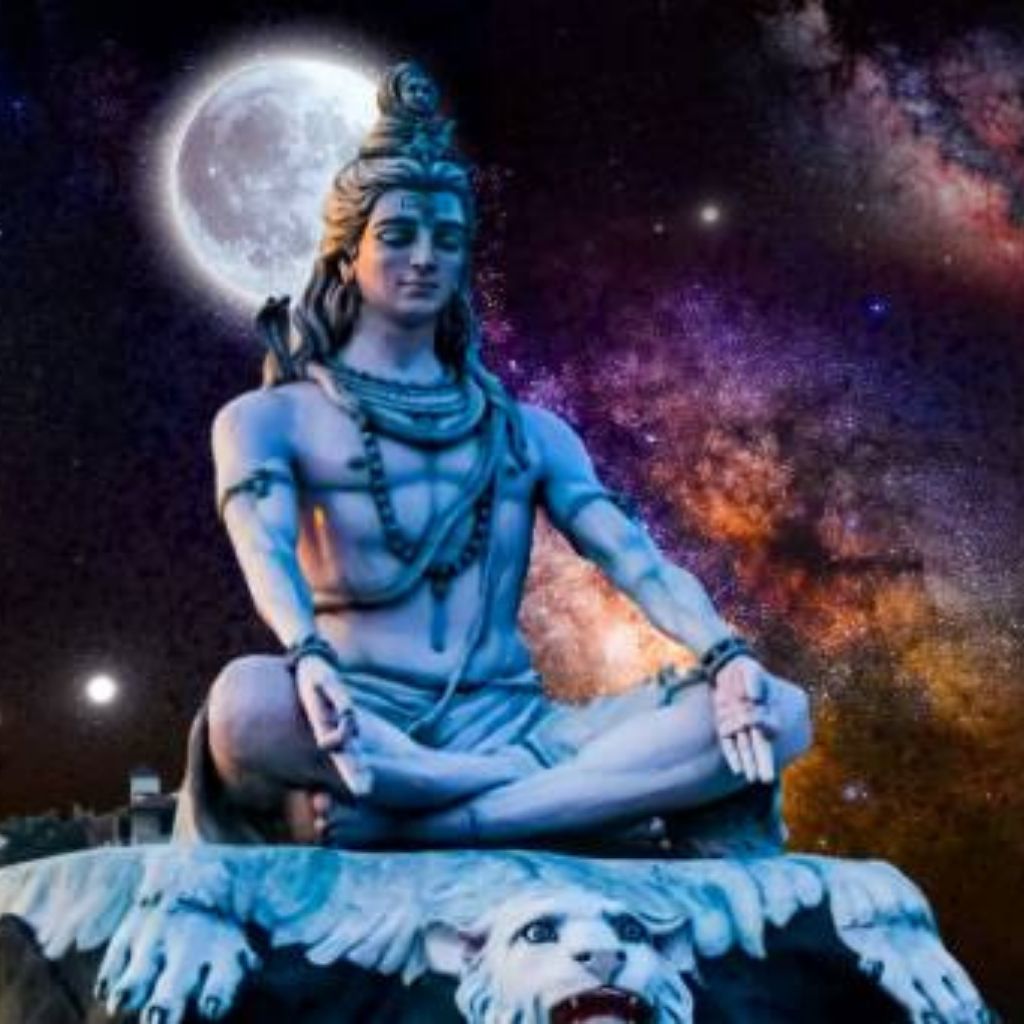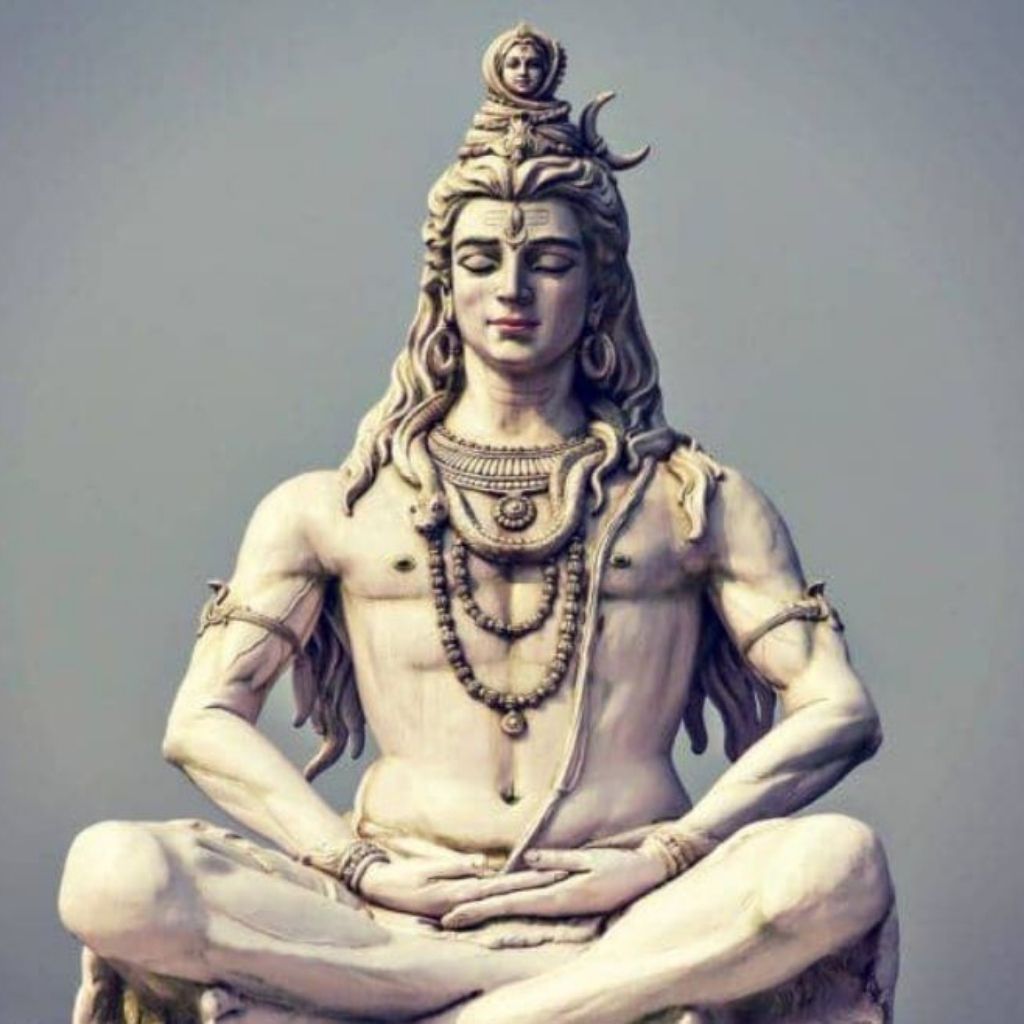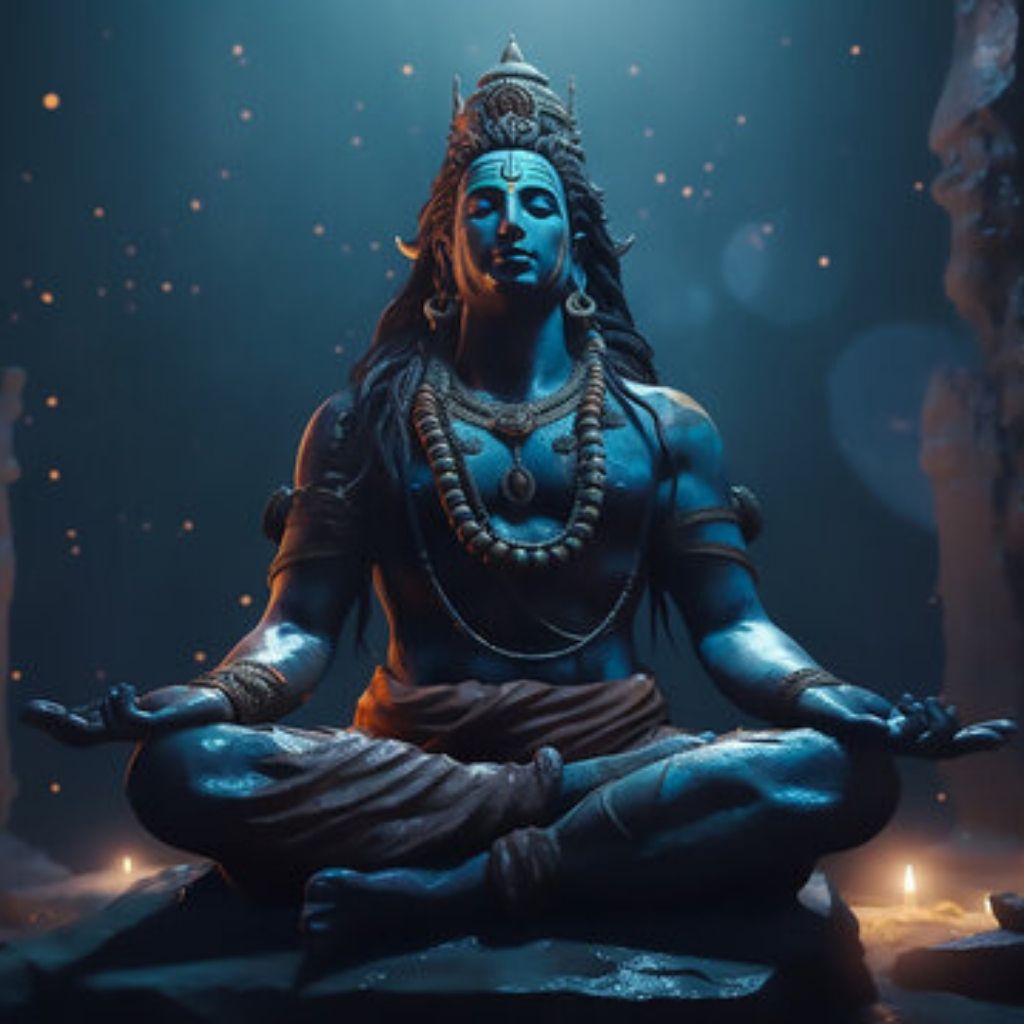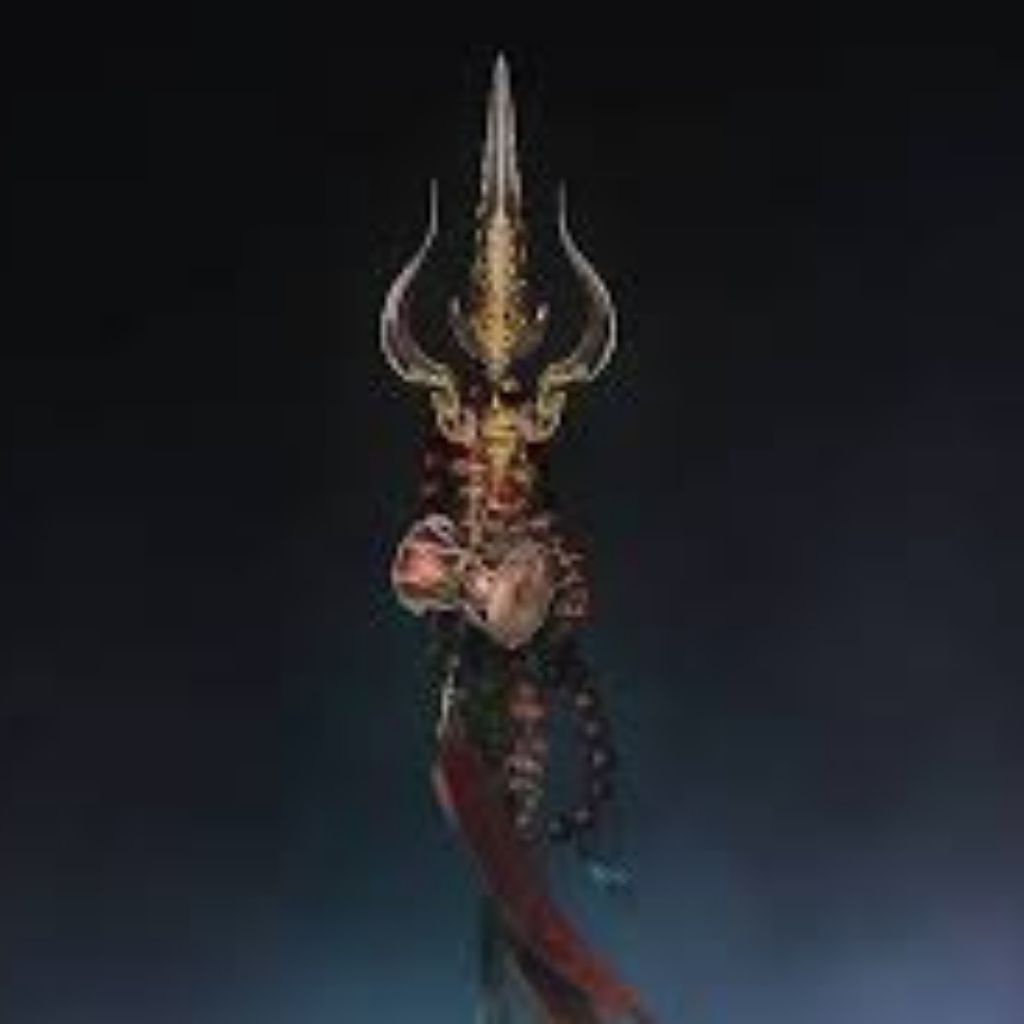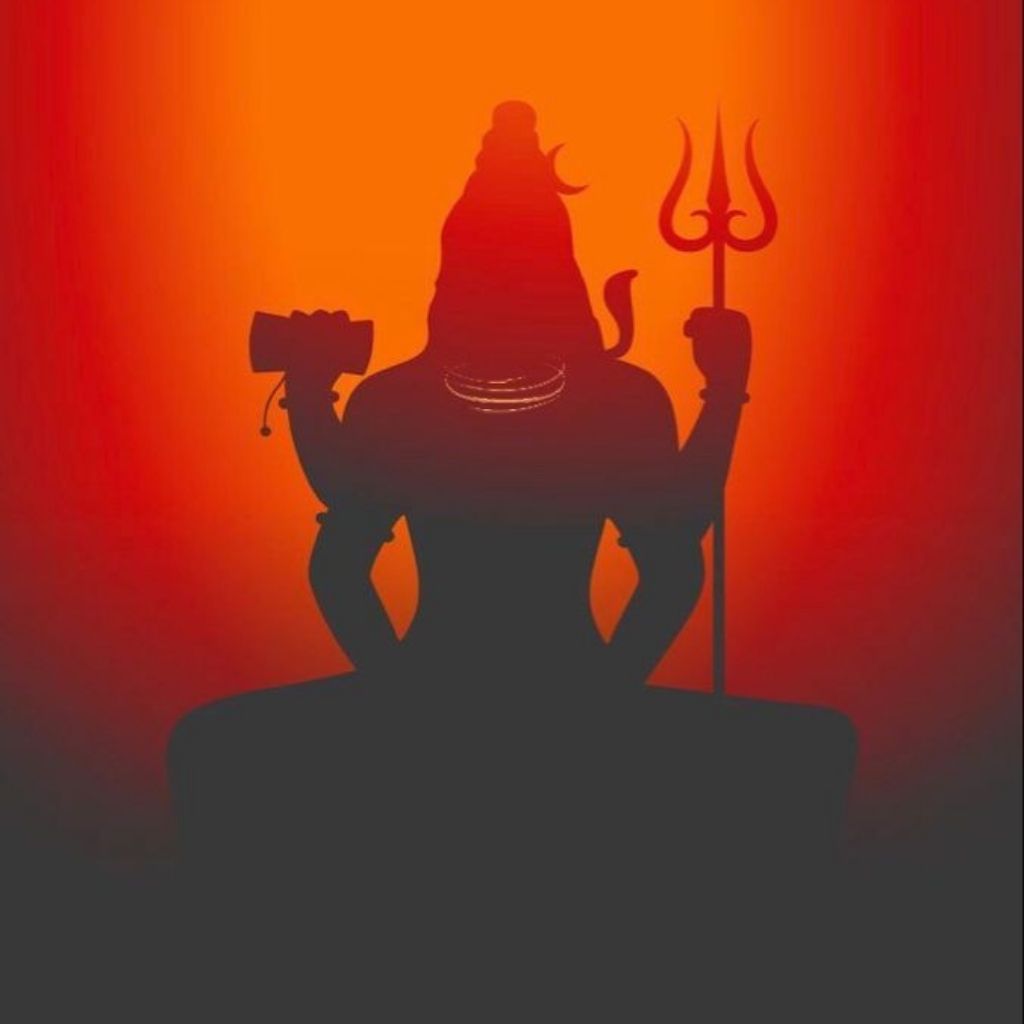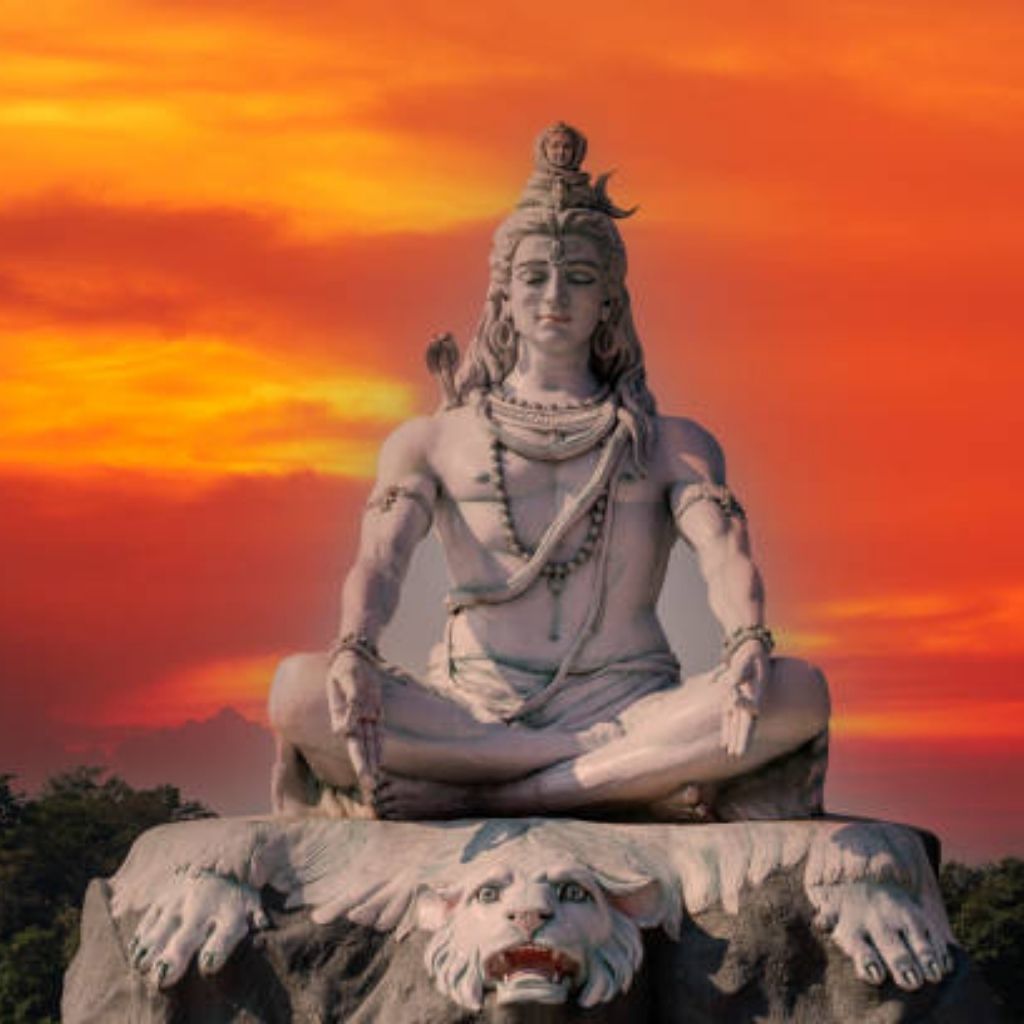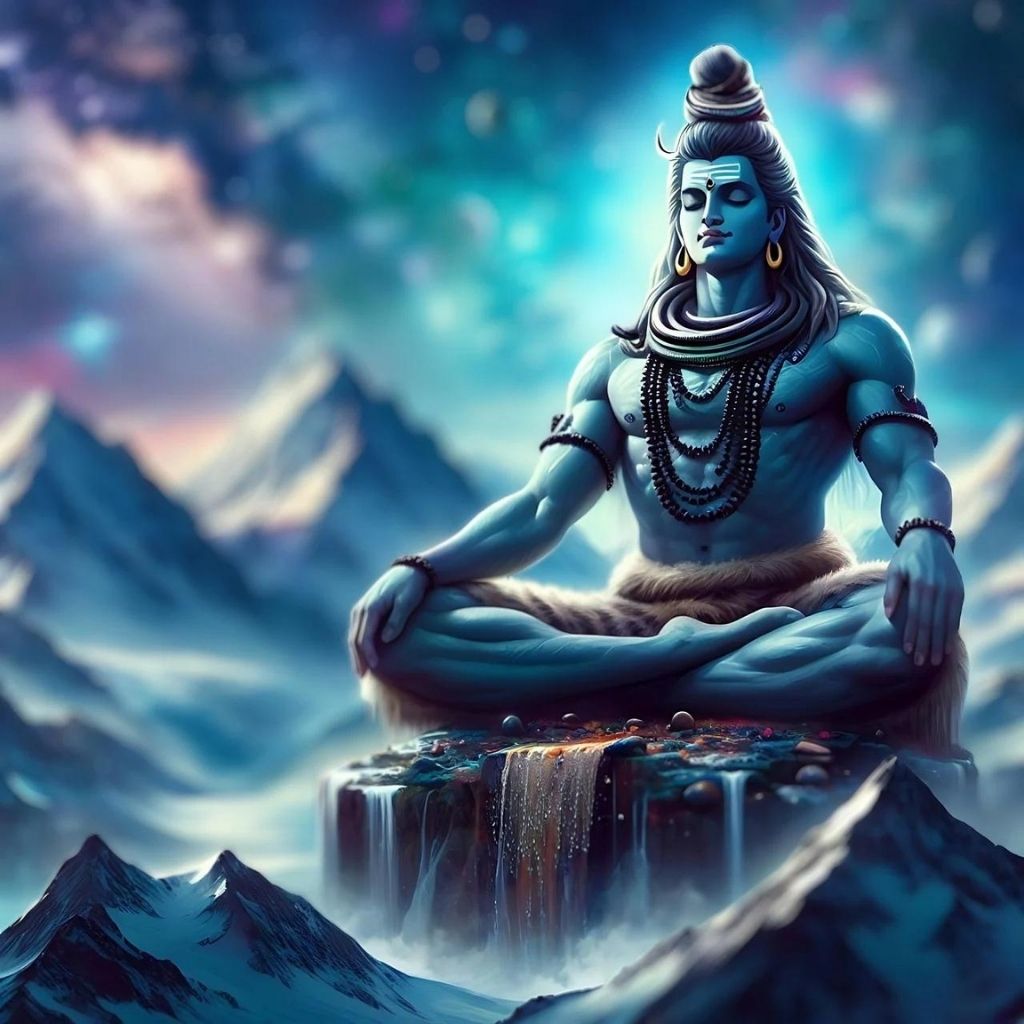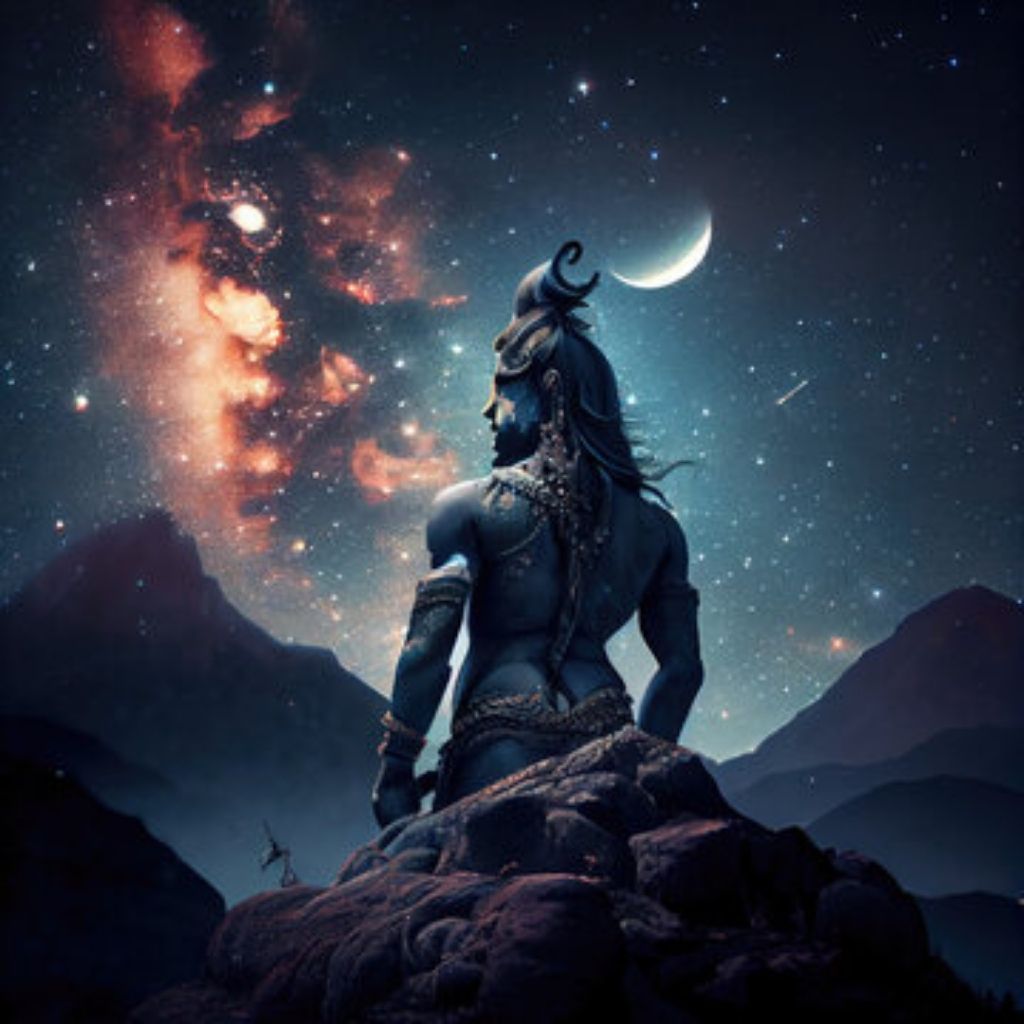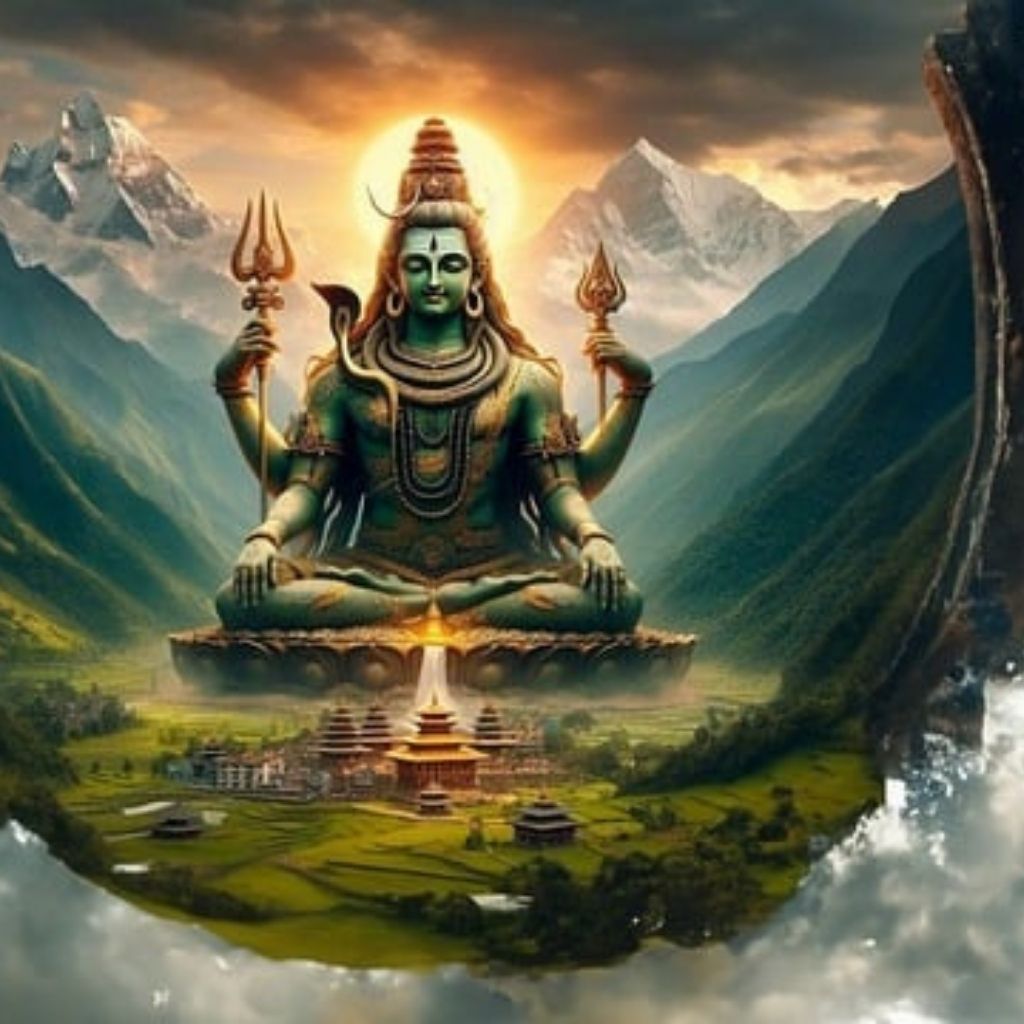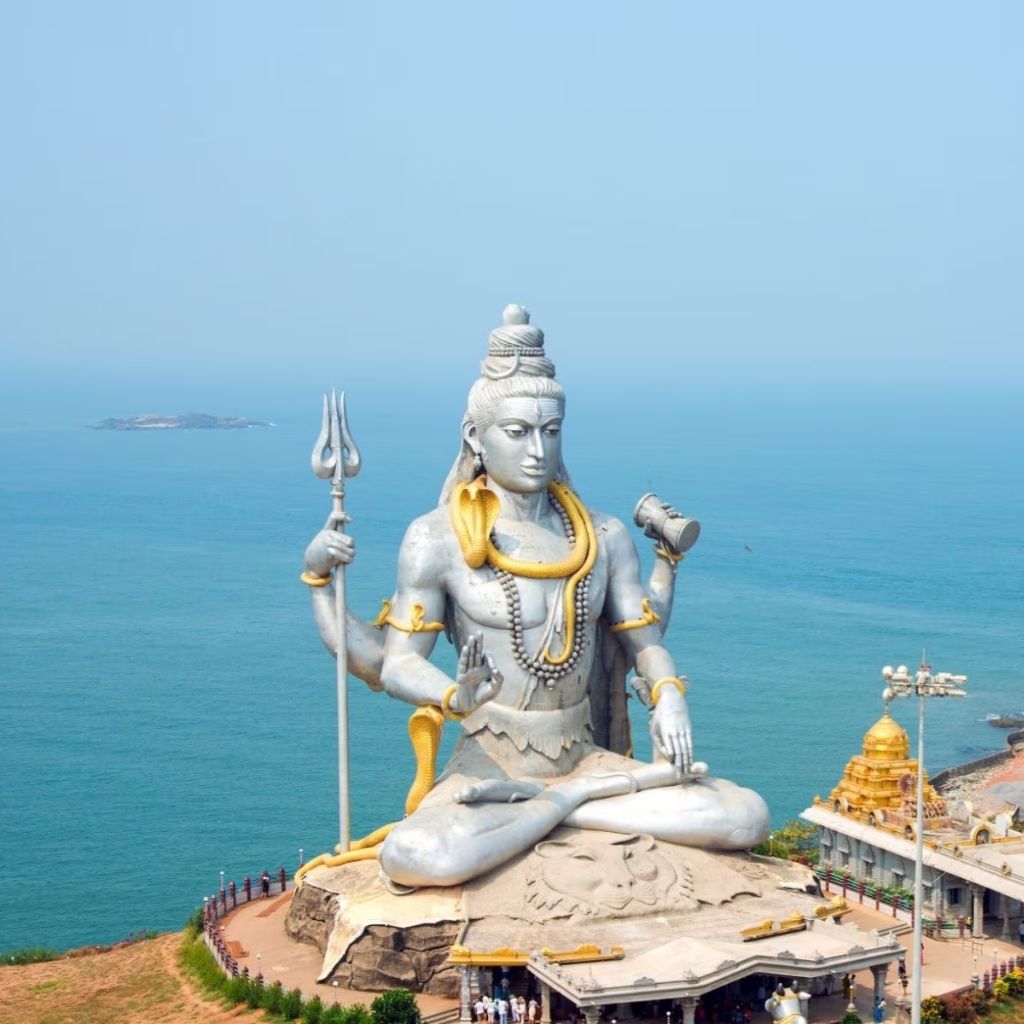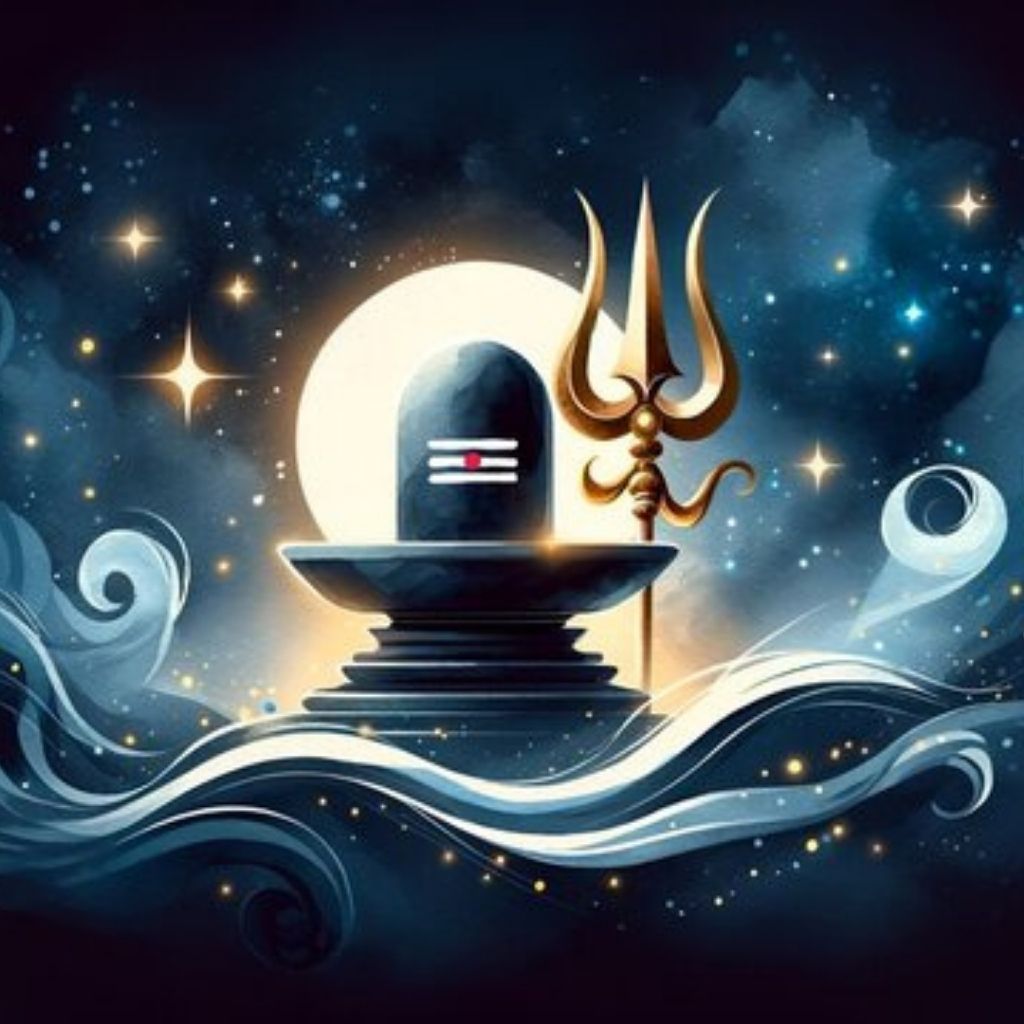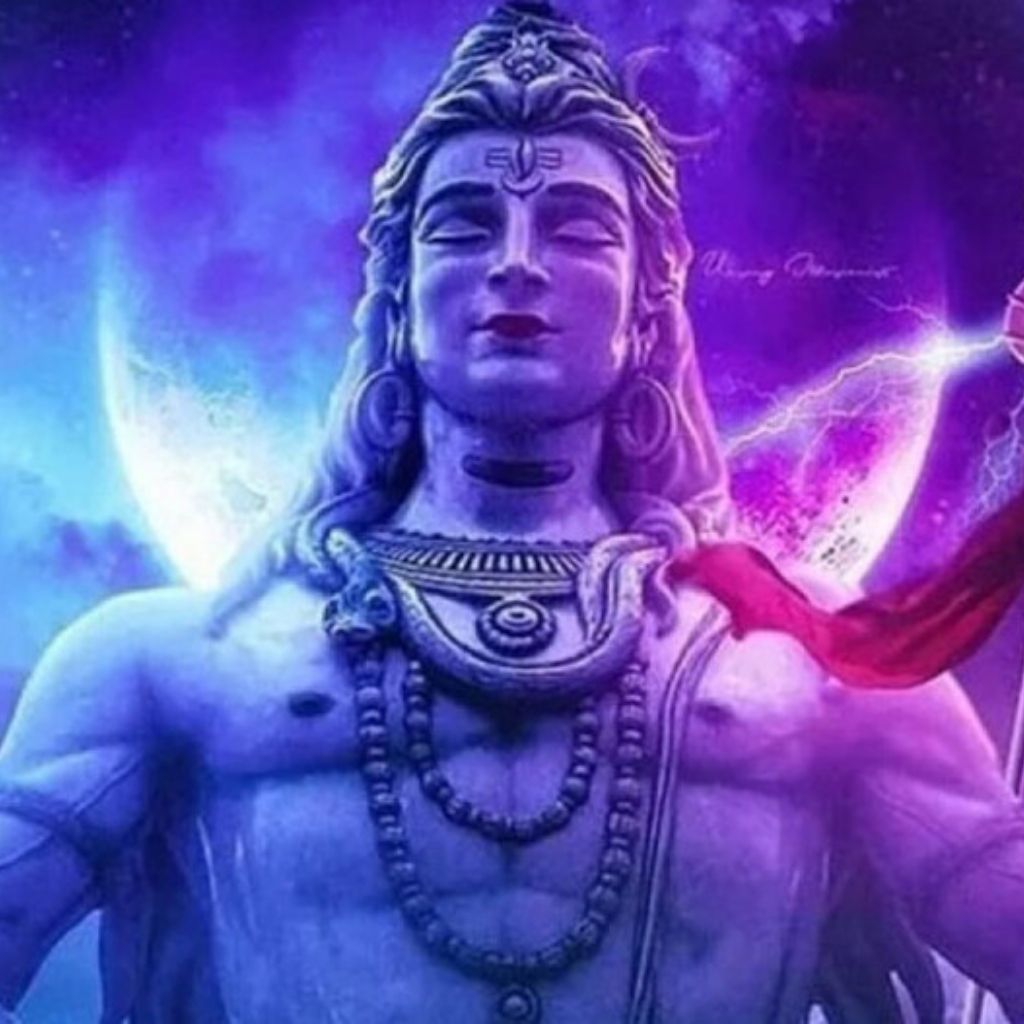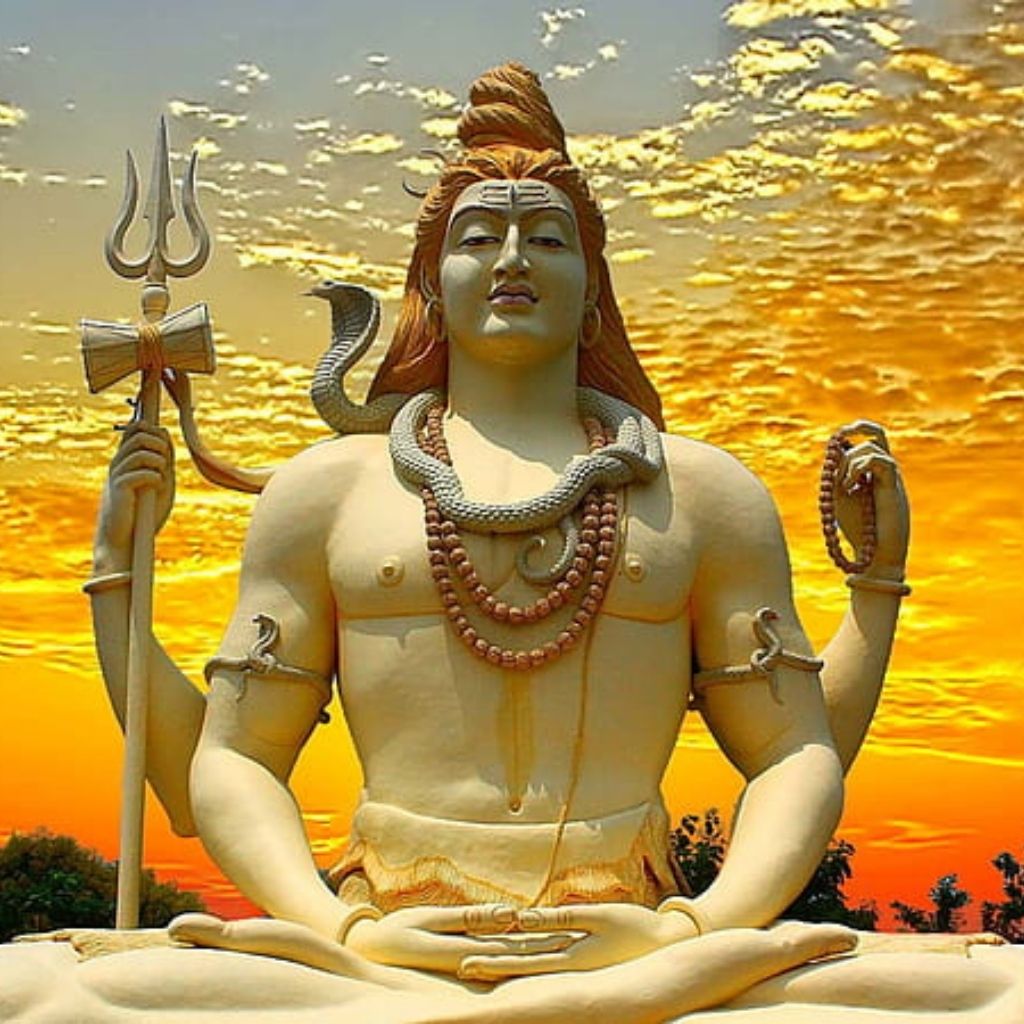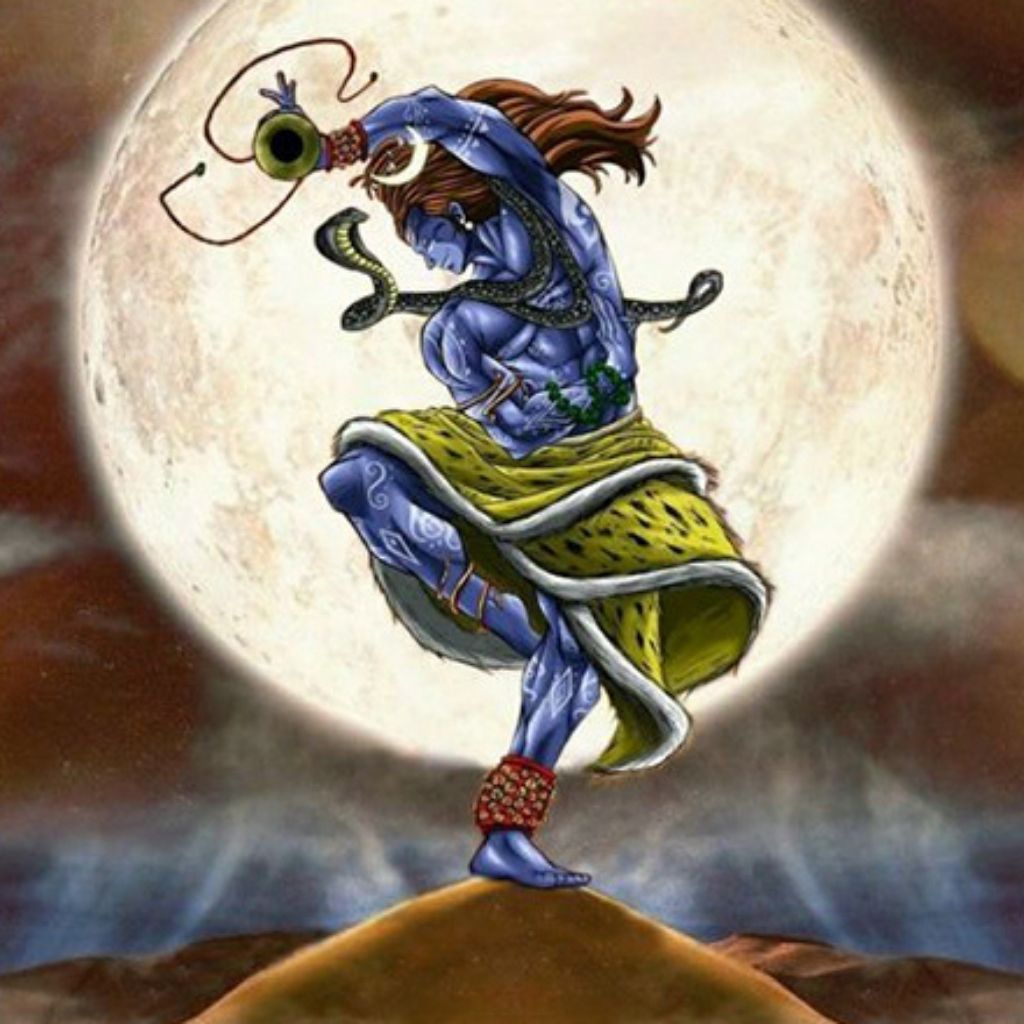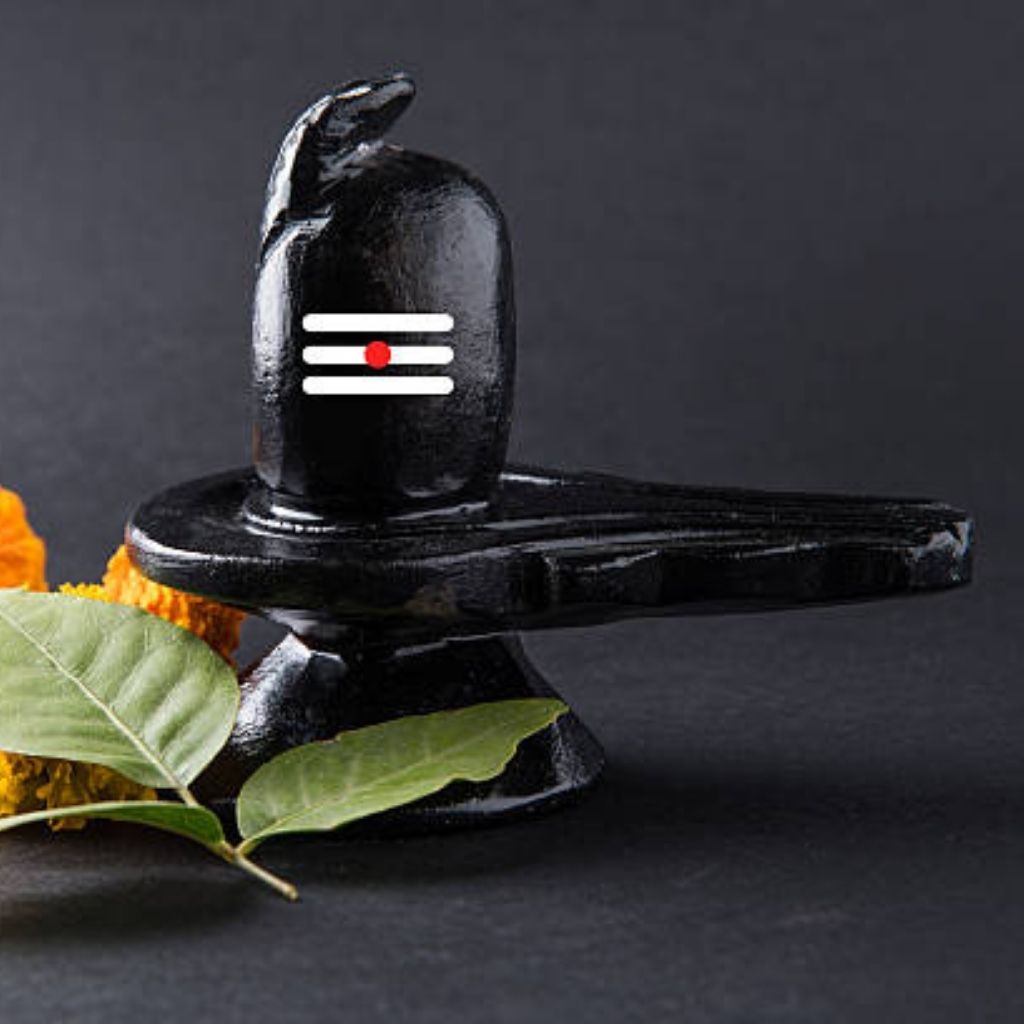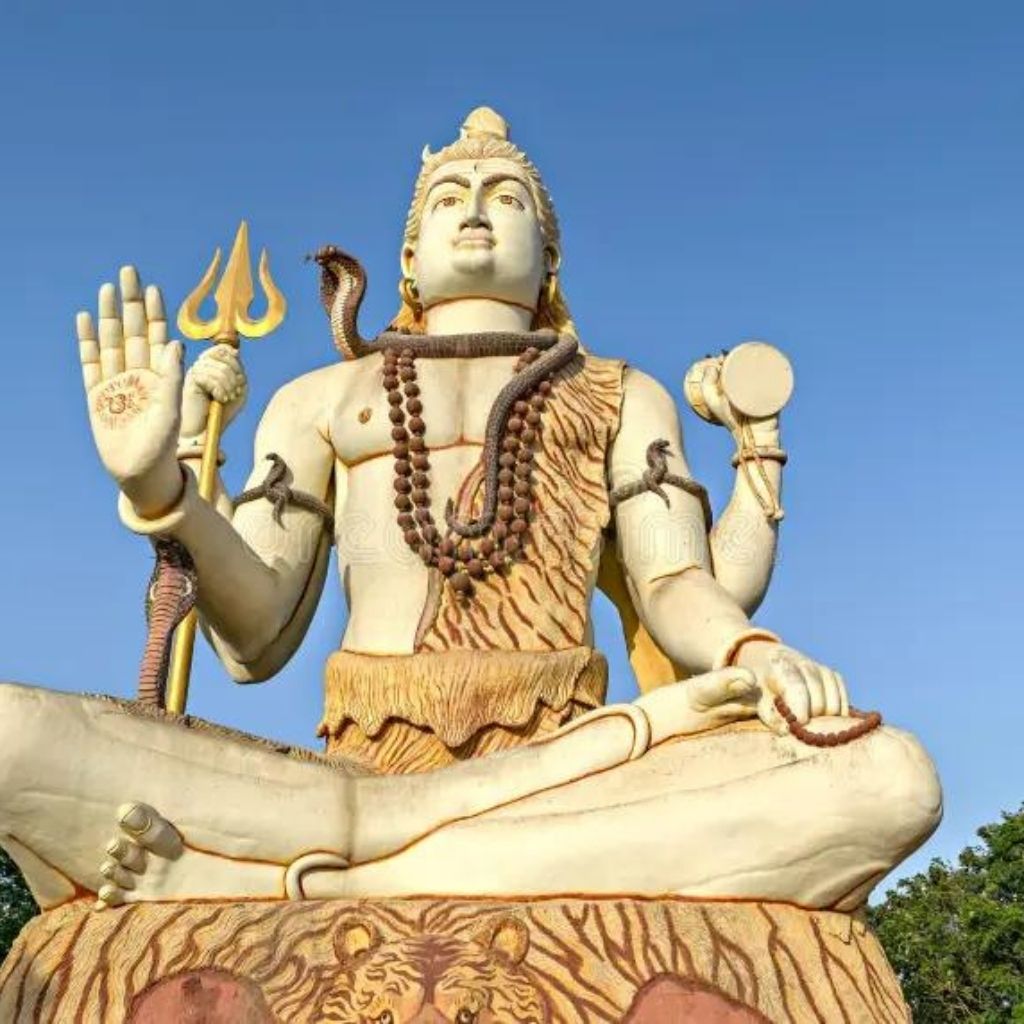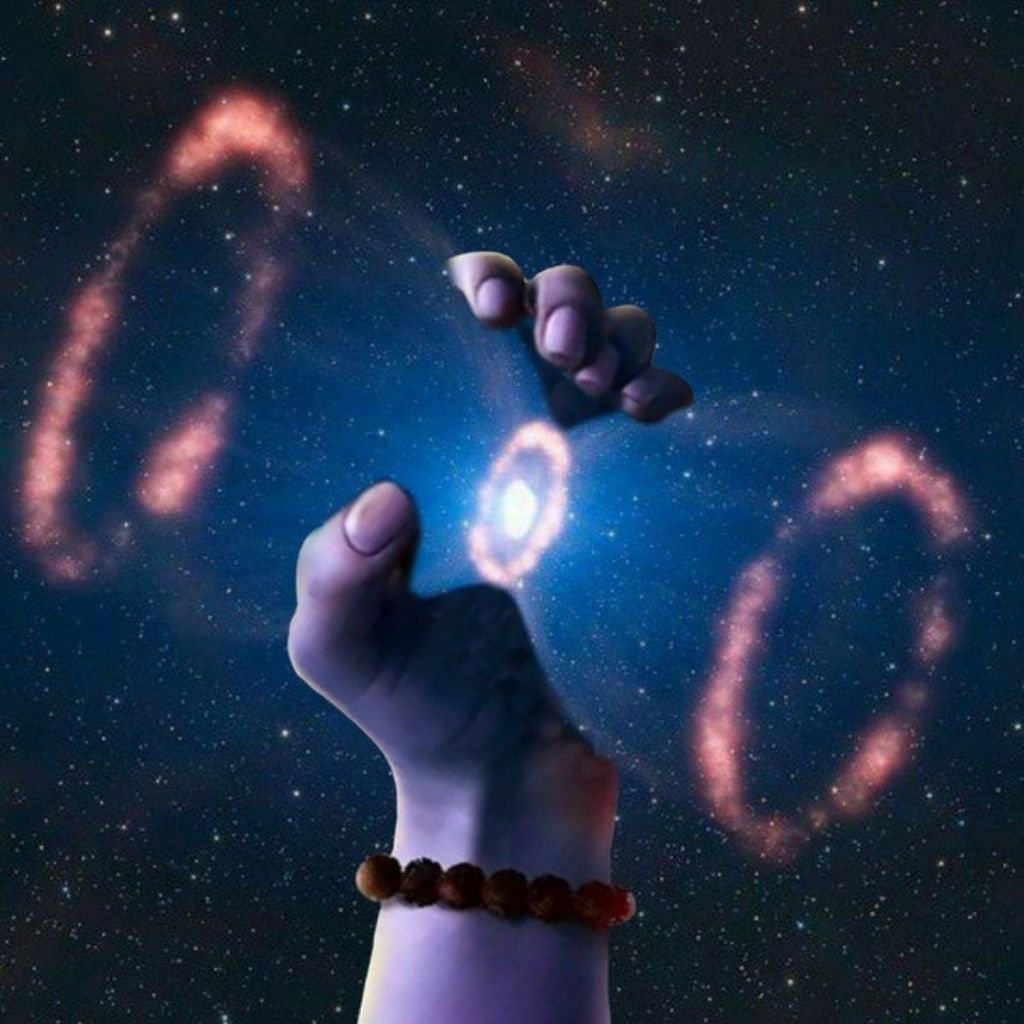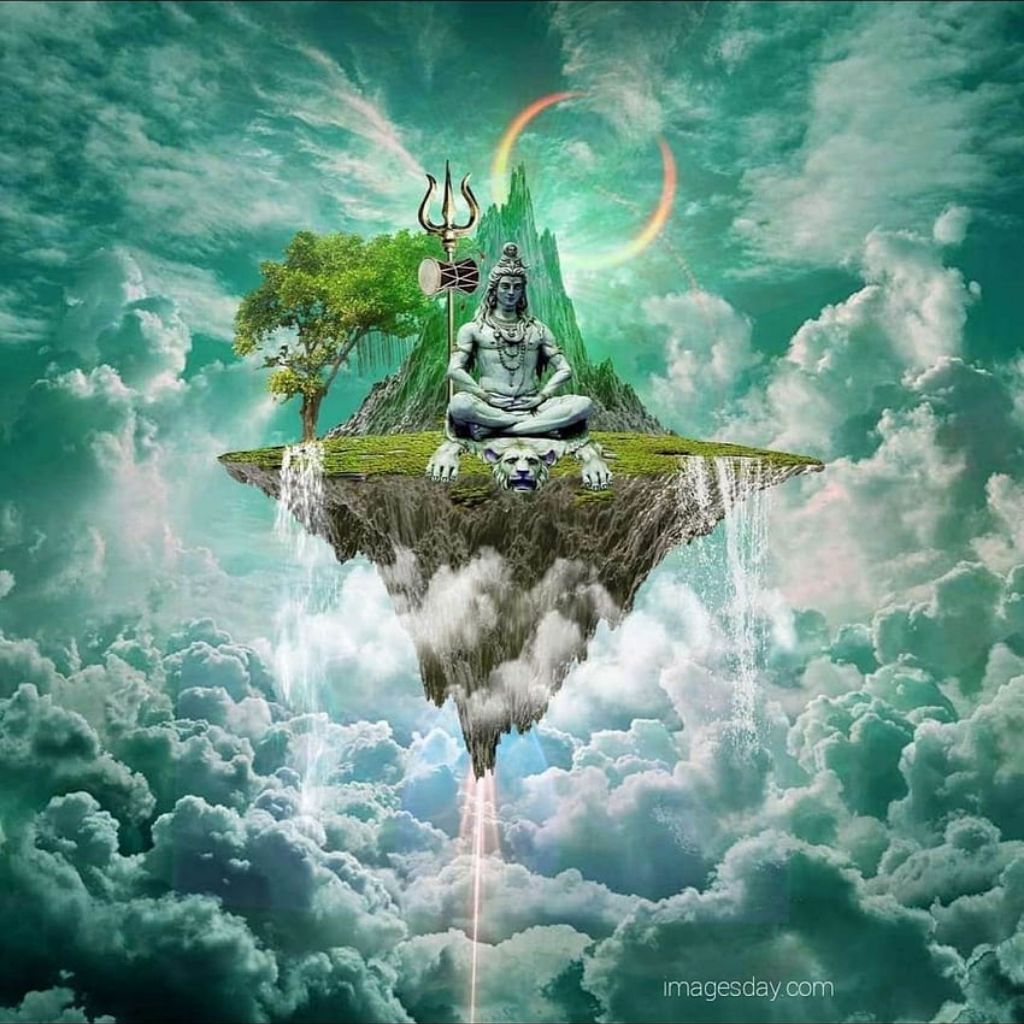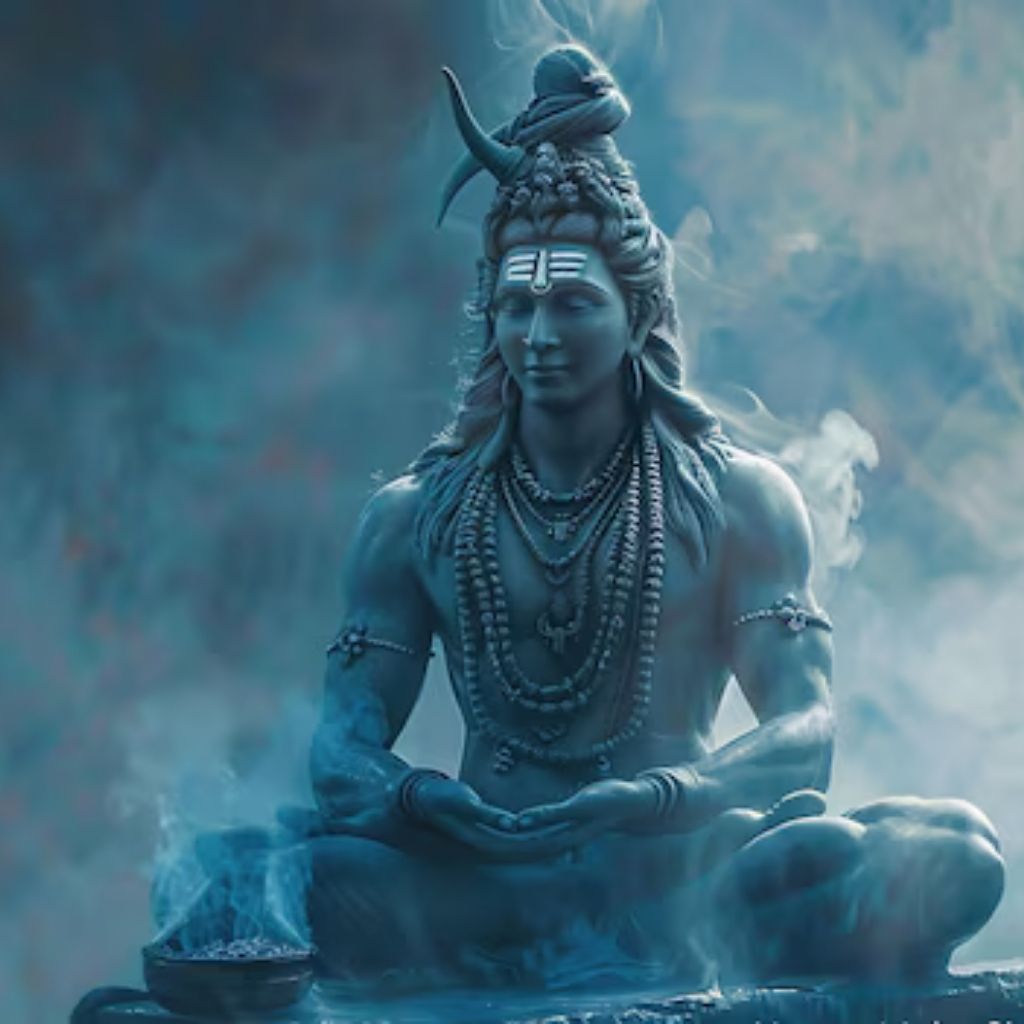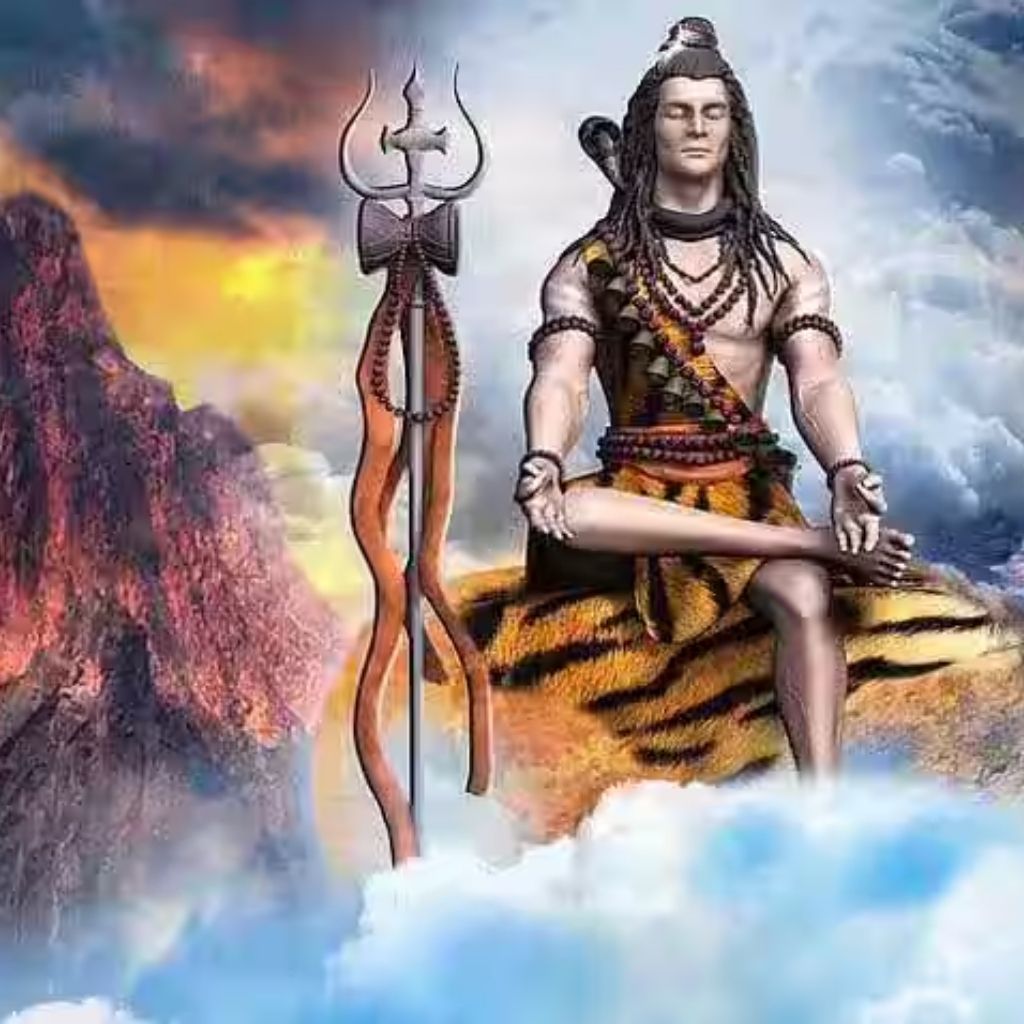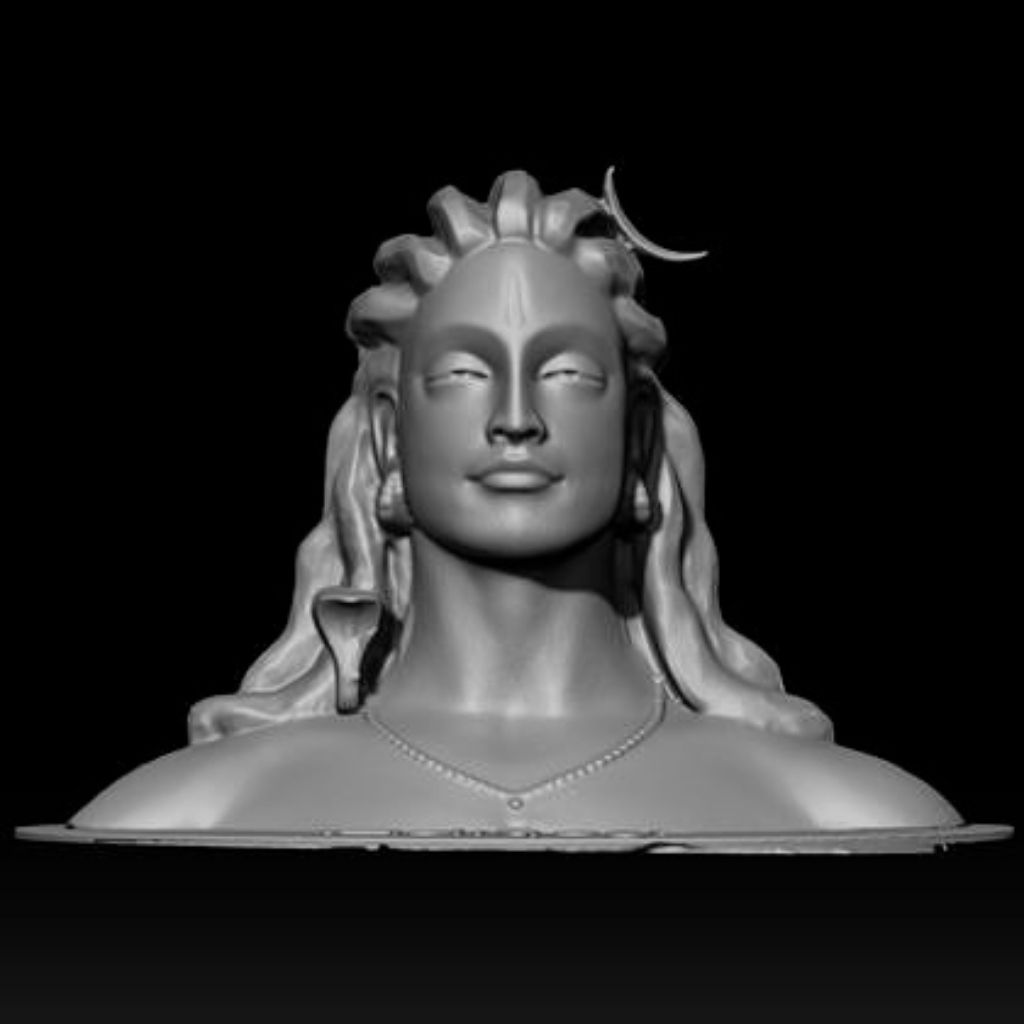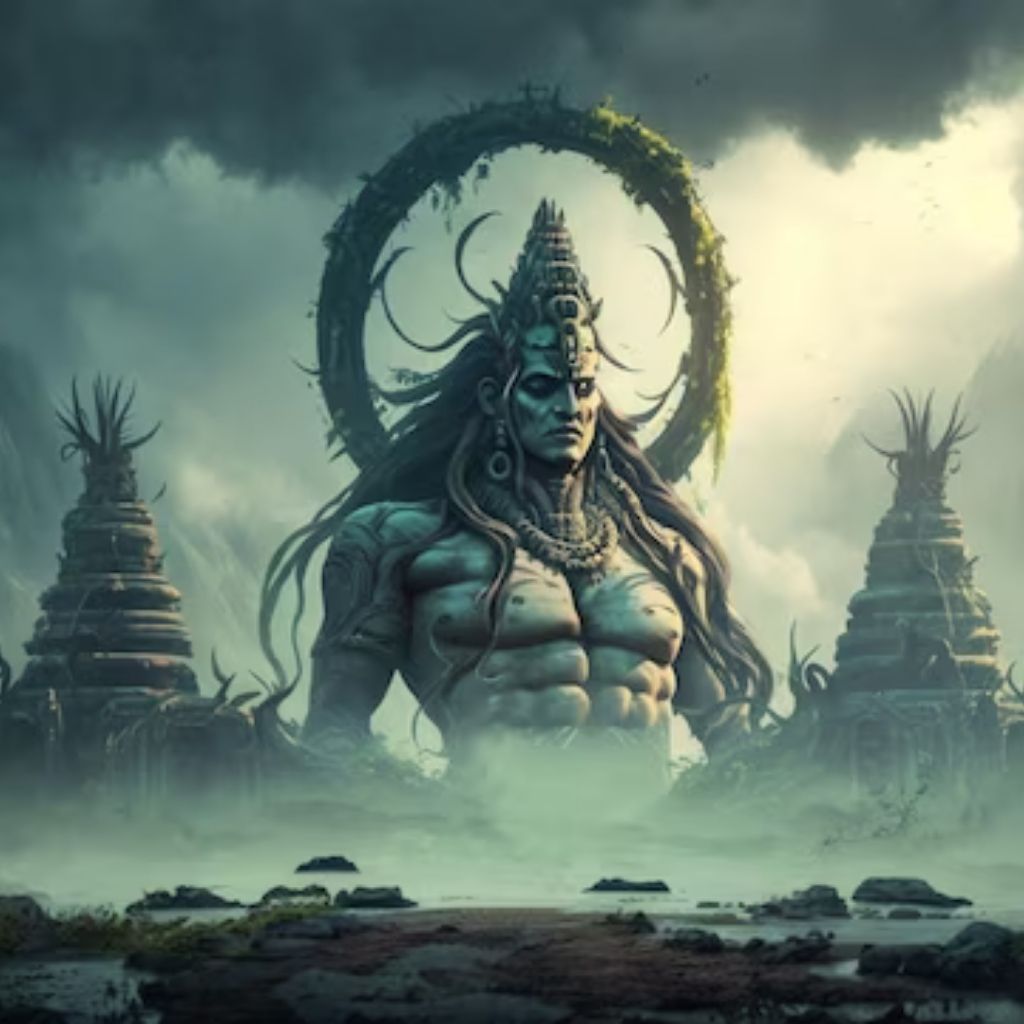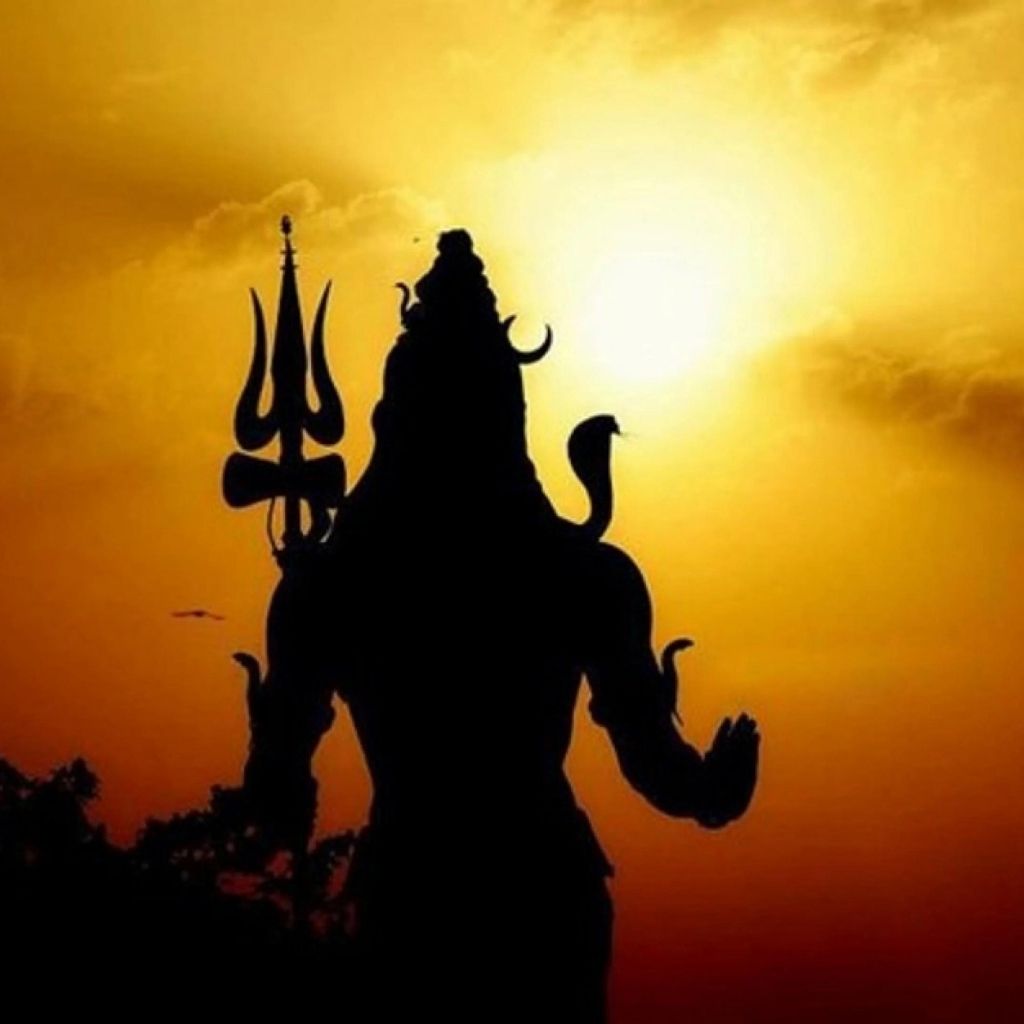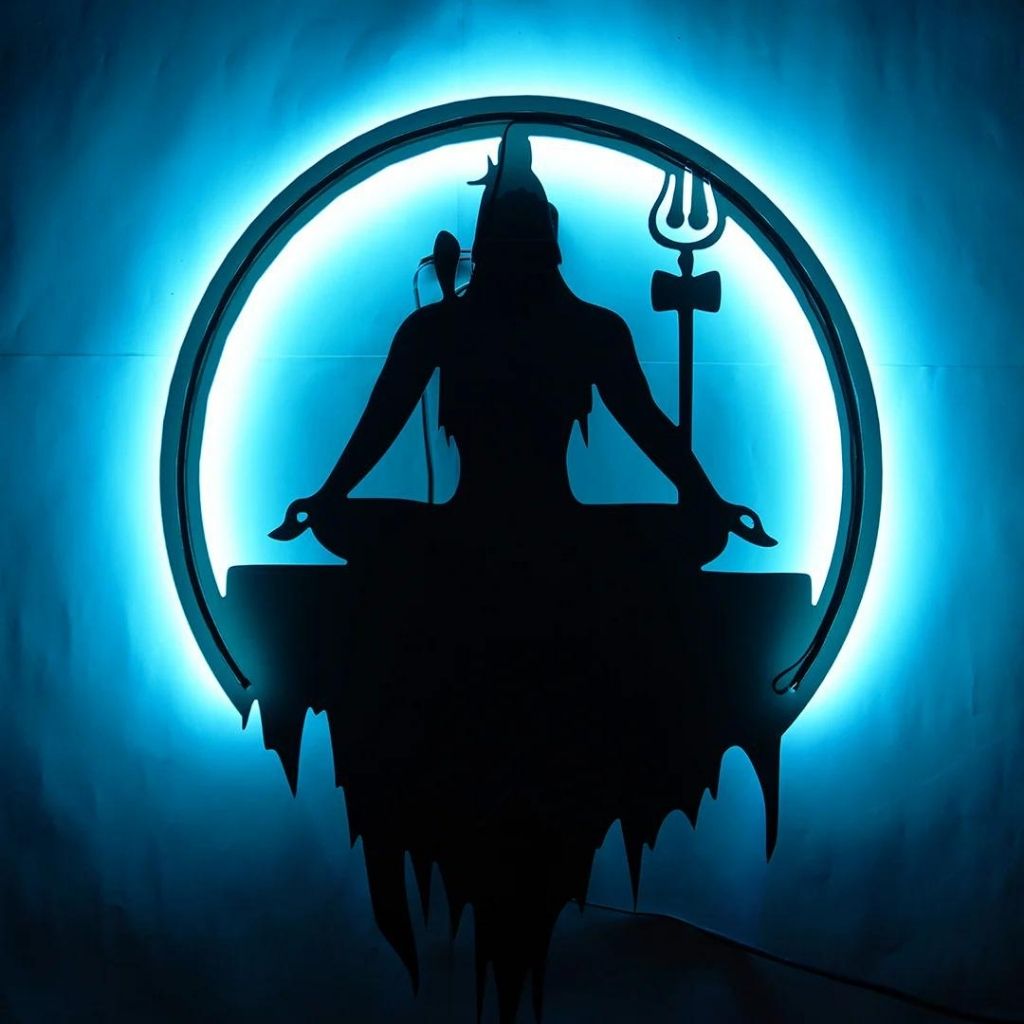Shiva Images
Shiva, in Hinduism, is one of the principal deities of the religion’s trinity, alongside Brahma (the creator) and Vishnu (the preserver). He is often referred to as the “Destroyer” or “Transformer” within the cosmic cycle of creation, preservation, and dissolution. Here are some key aspects about Shiva:
- Attributes and Symbolism: Shiva is typically depicted with a third eye on his forehead, a crescent moon adorning his hair, a serpent around his neck, a trident (trishul) in one hand, and a drum (damaru) in another. These symbols represent various aspects of his powers and roles.
- Roles: Shiva is associated with several roles and responsibilities:
- Creator and Destroyer: He is responsible for the dissolution of the universe at the end of each cycle, allowing for its recreation.
- Auspicious and Benevolent: Despite his destructive aspects, Shiva is also considered a compassionate and benevolent deity, easily pleased by his devotees.
- Yogi and Ascetic: Shiva is often depicted in a meditative posture or as a wandering ascetic, representing his detachment from worldly affairs and his focus on spiritual growth.
- Family: Shiva’s wife is Parvati (also known as Uma or Shakti), who is herself a powerful deity. They have two sons: Ganesha, the elephant-headed god of beginnings and remover of obstacles, and Kartikeya (or Skanda), the god of war and commander of the divine armies.
- Mythological Stories: There are numerous stories and legends surrounding Shiva, illustrating his powers, wisdom, and compassion. These include his role in saving the world from destruction (as seen in the churning of the ocean myth), his cosmic dance of creation and destruction (Tandava), and his role as a teacher of yoga and spiritual wisdom.
- Worship: Shiva is widely worshipped across India and beyond. His devotees, known as Shaivas, have a rich tradition of rituals, prayers, and festivals dedicated to him. The most famous of these is the festival of Maha Shivaratri, celebrated annually in reverence of Shiva.
Overall, Shiva represents many aspects of existence, from creation to destruction, and embodies the divine principles of transformation, spiritual awakening, and liberation in Hinduism.
